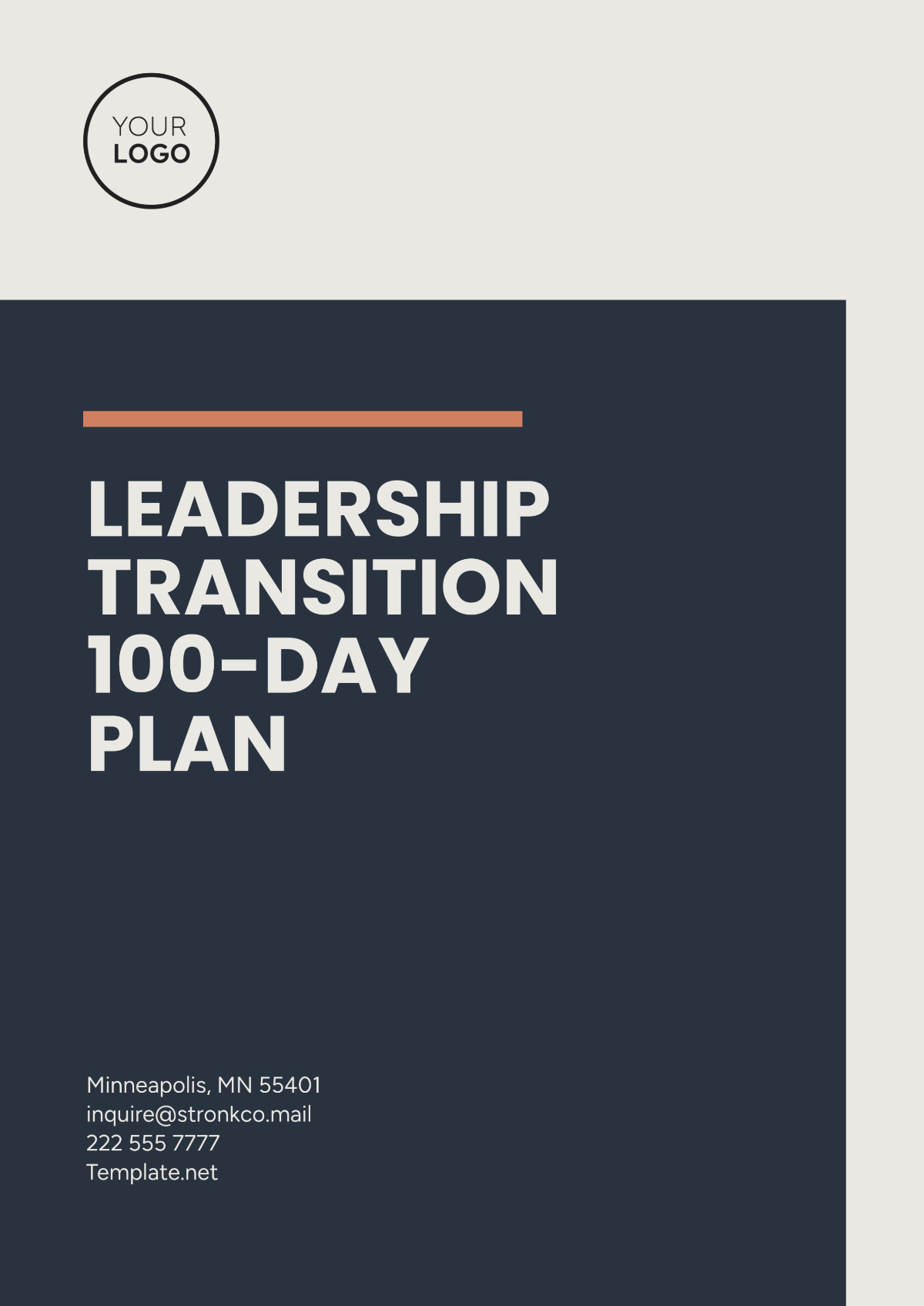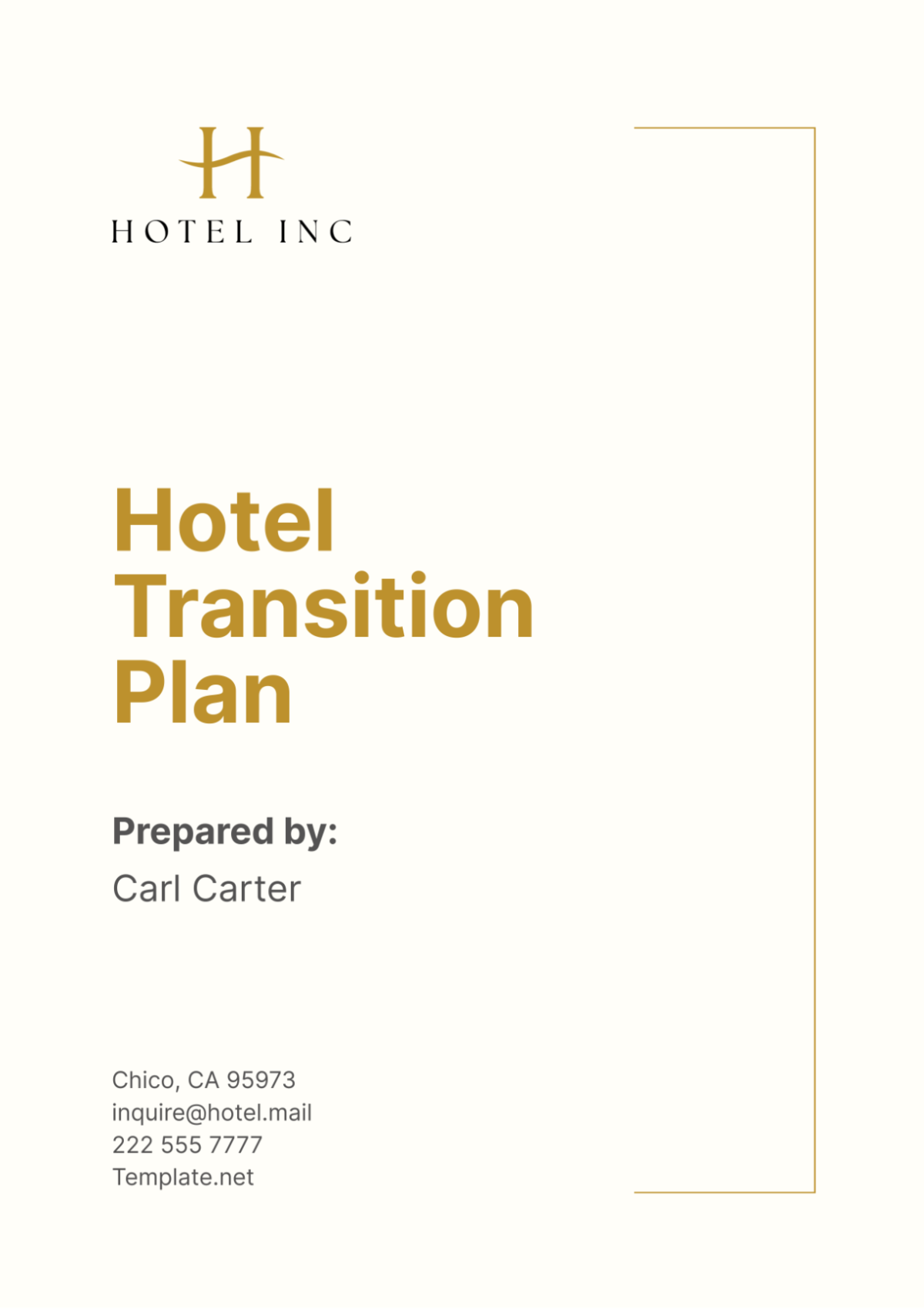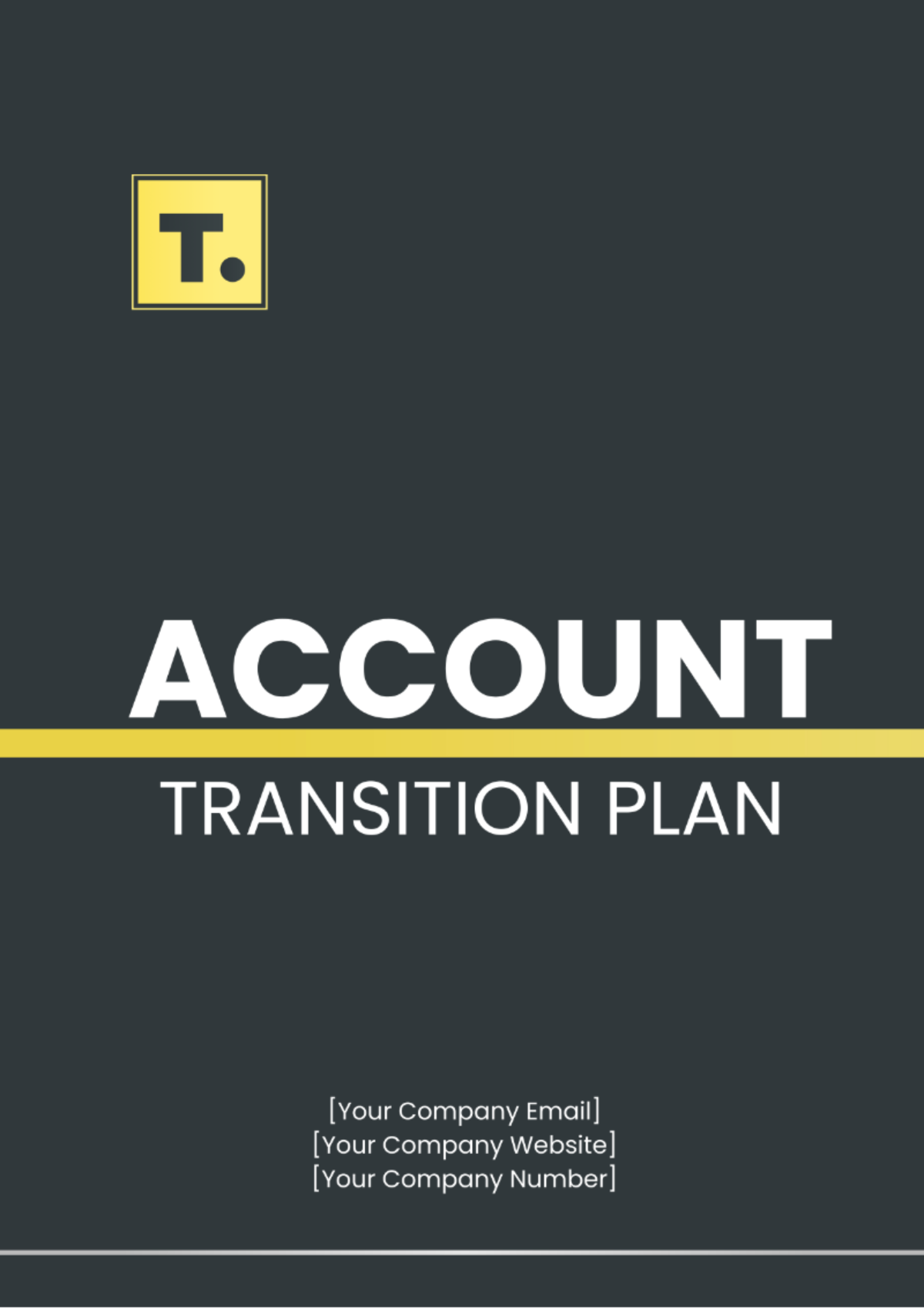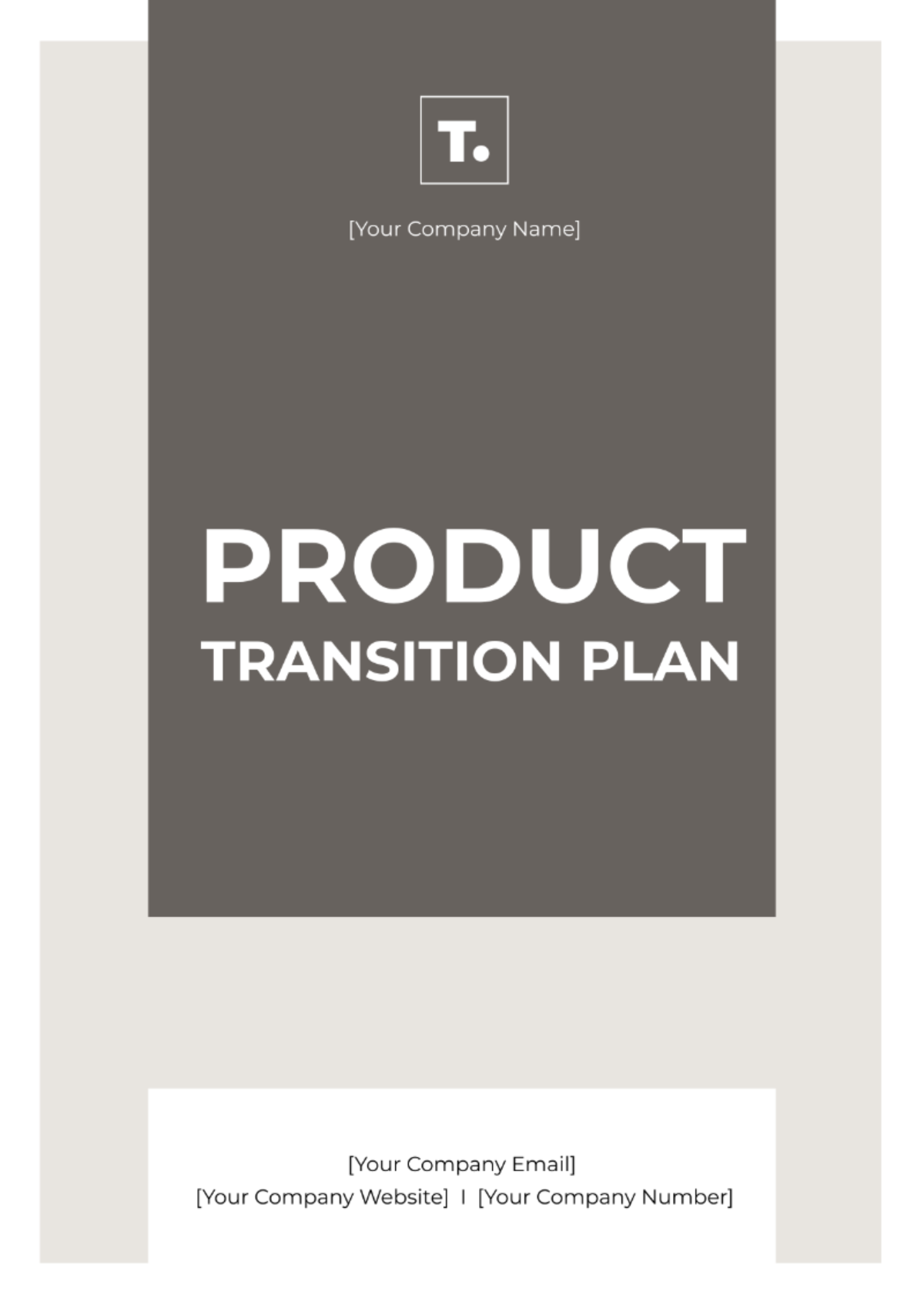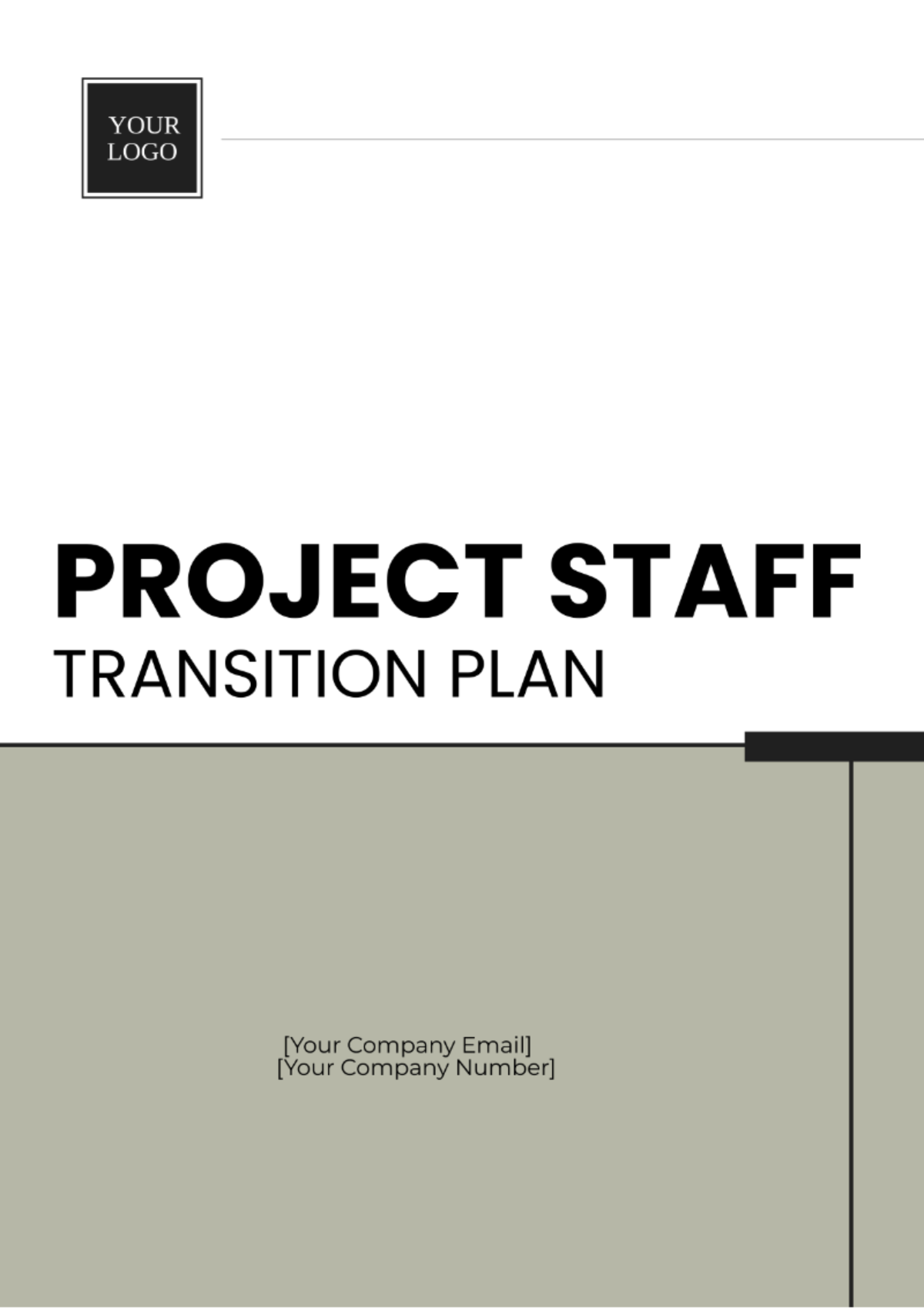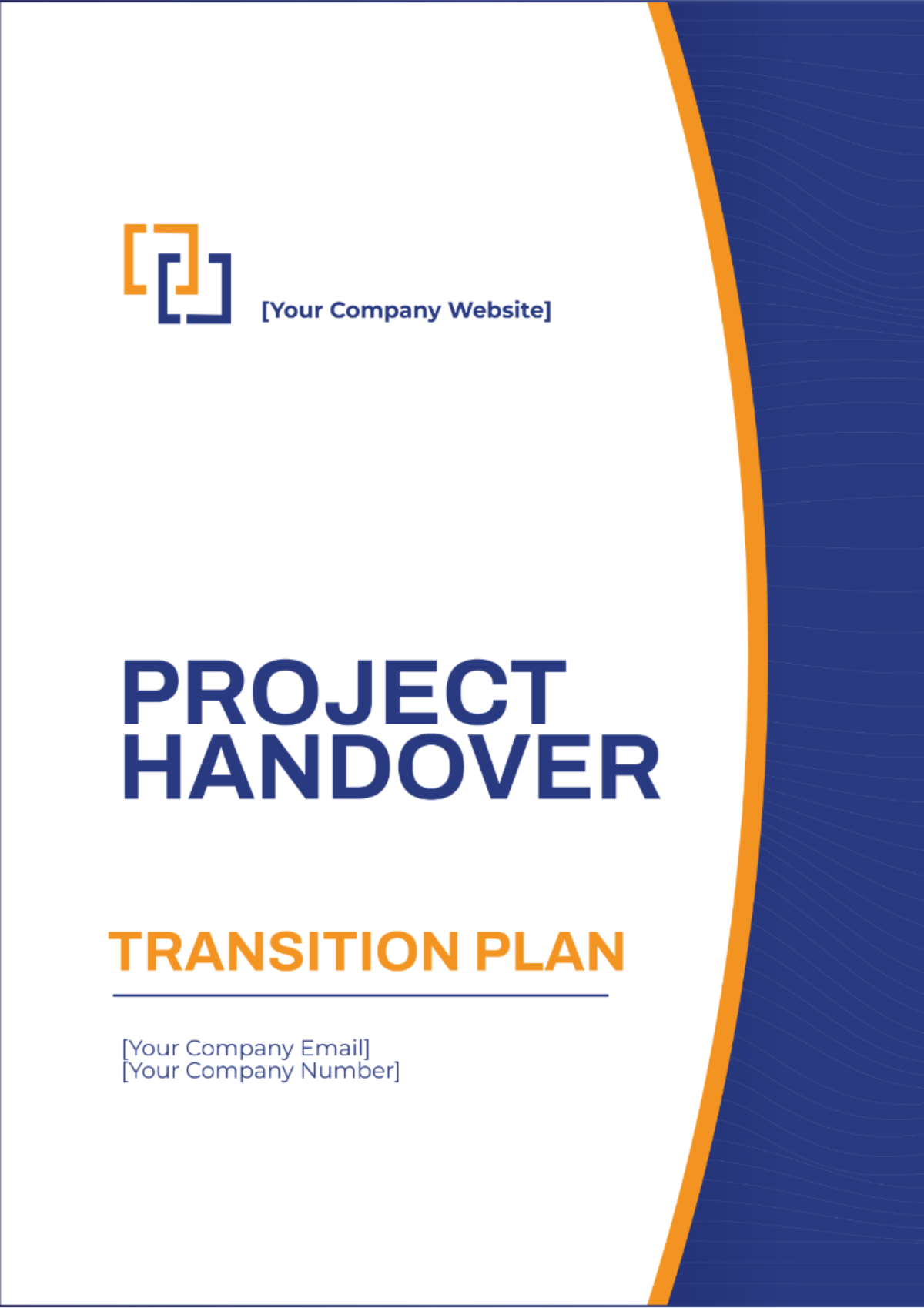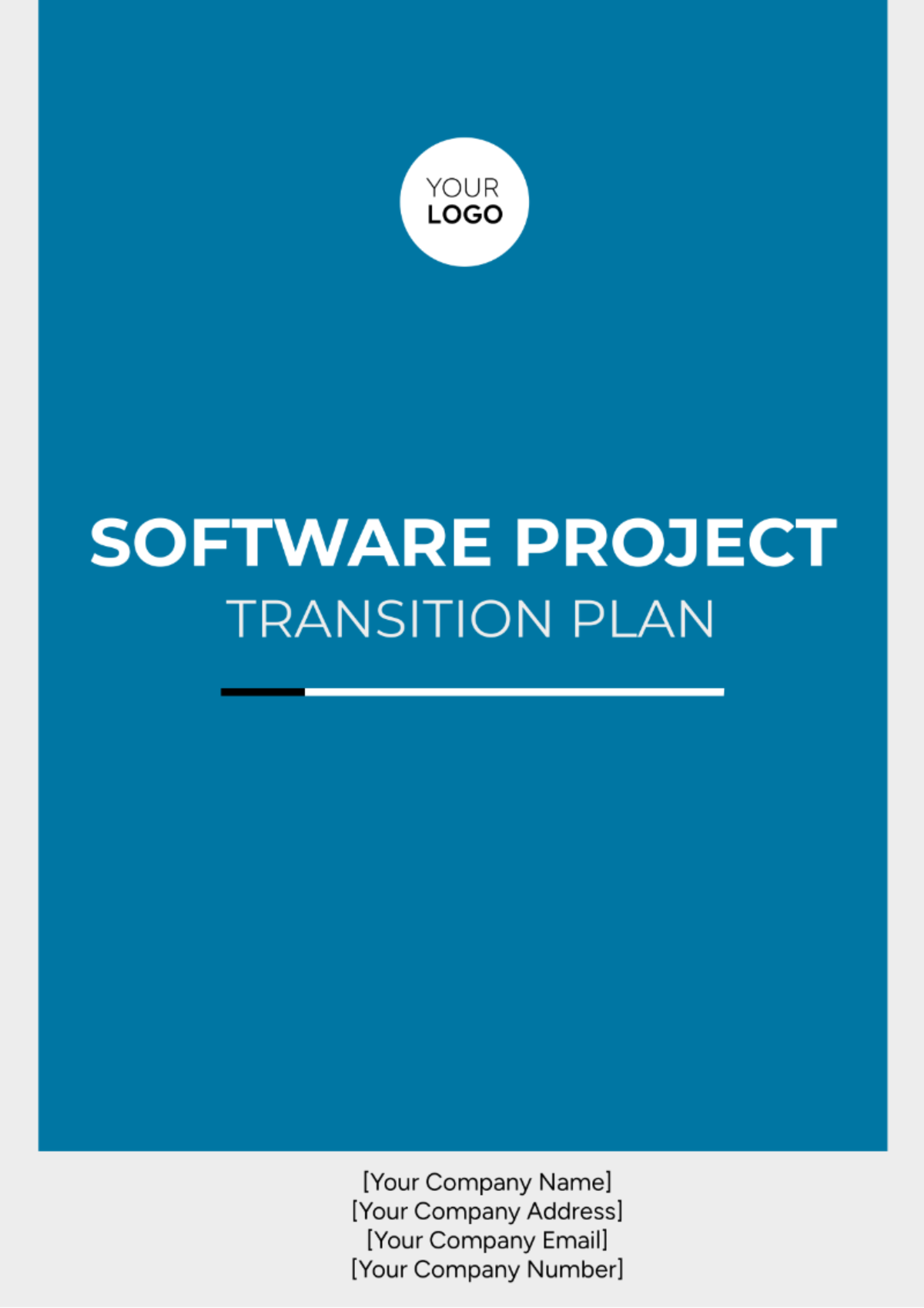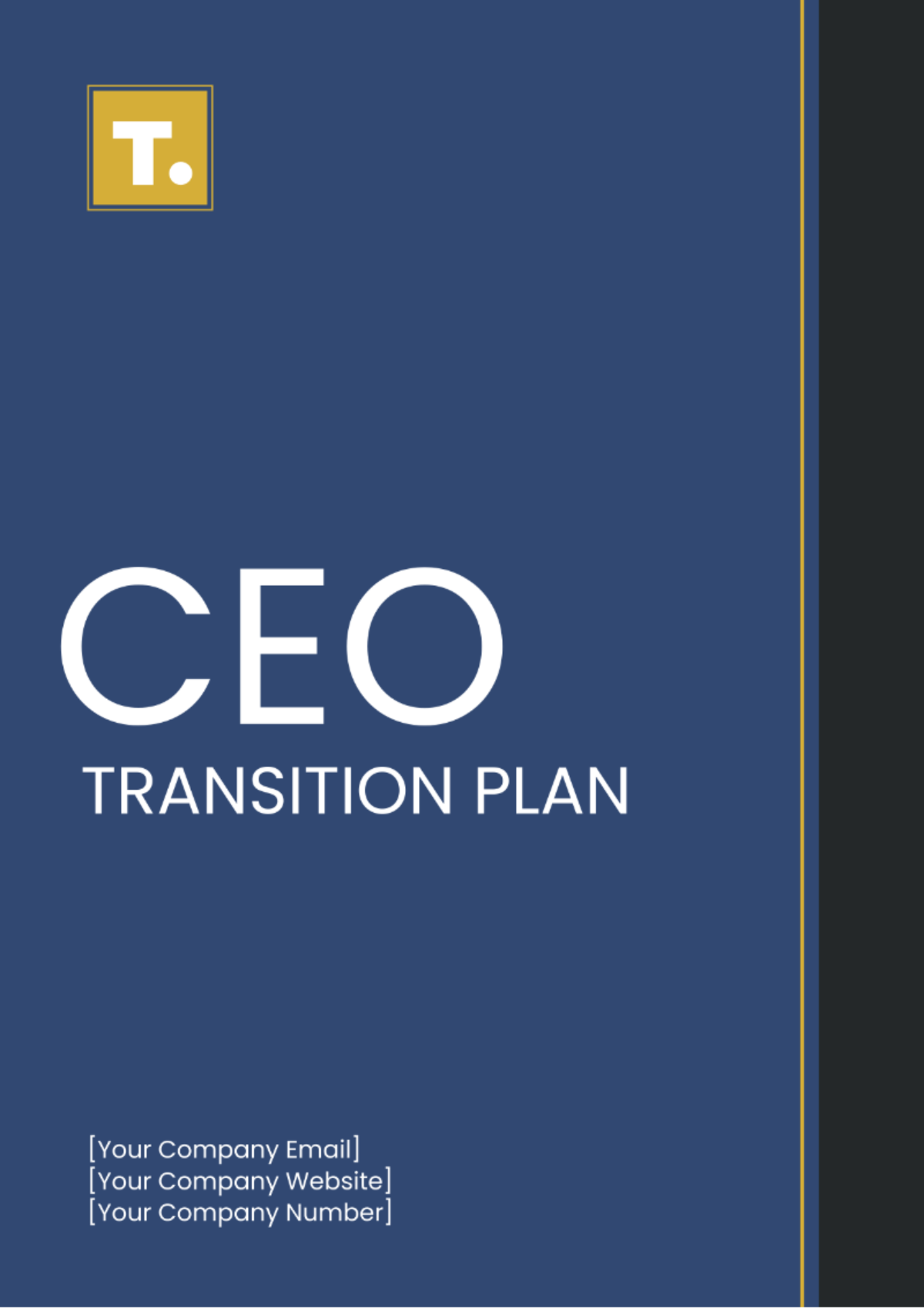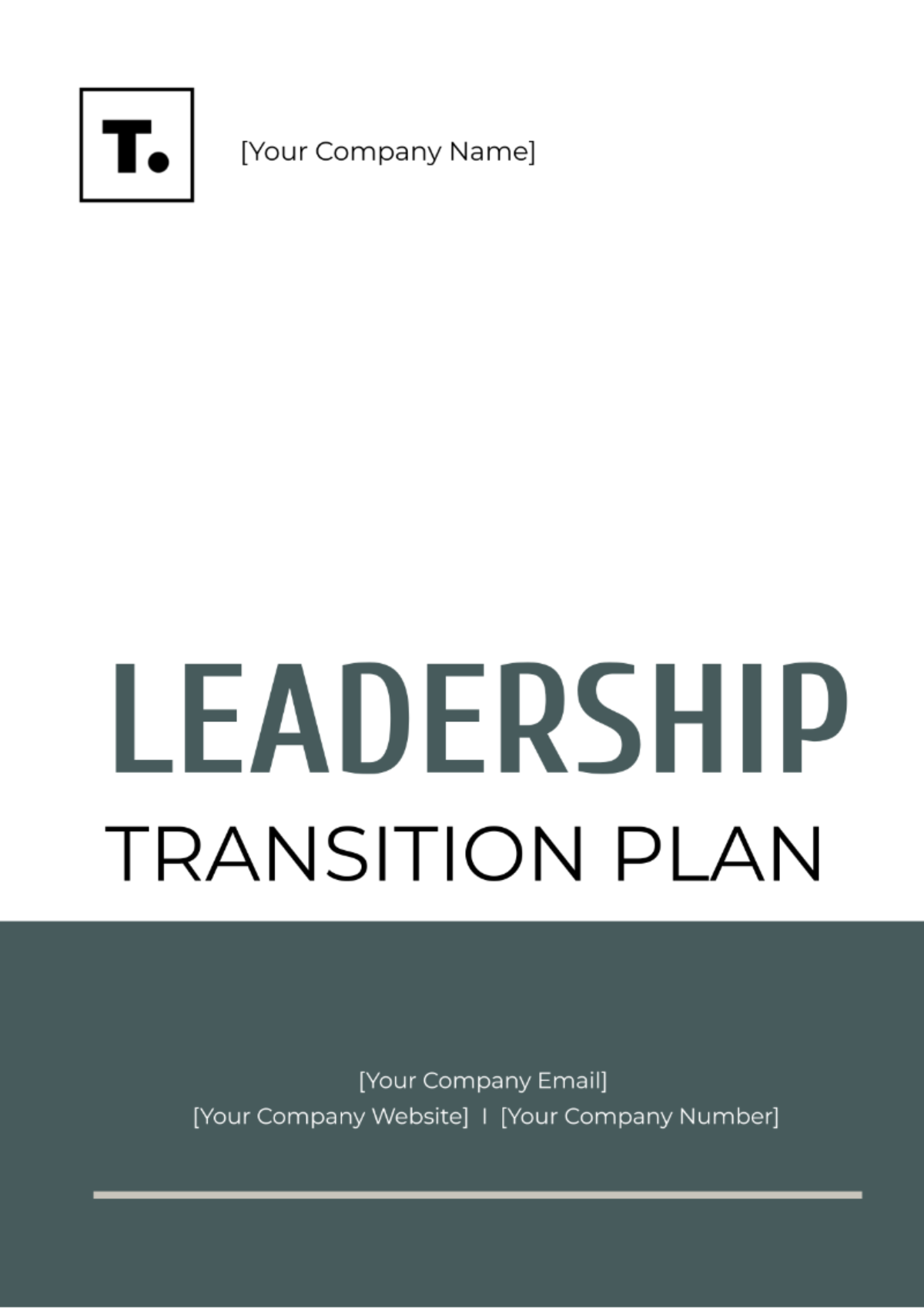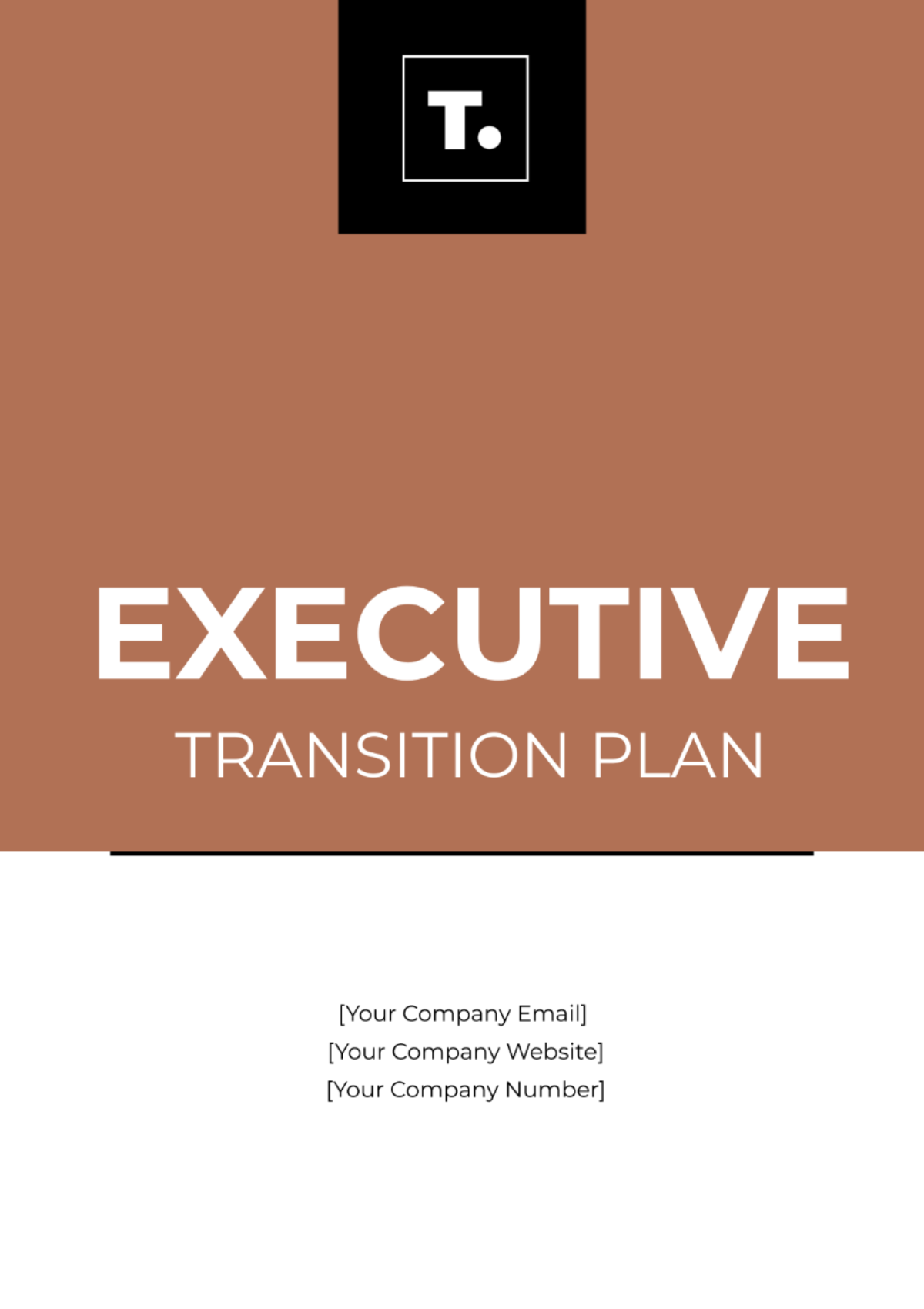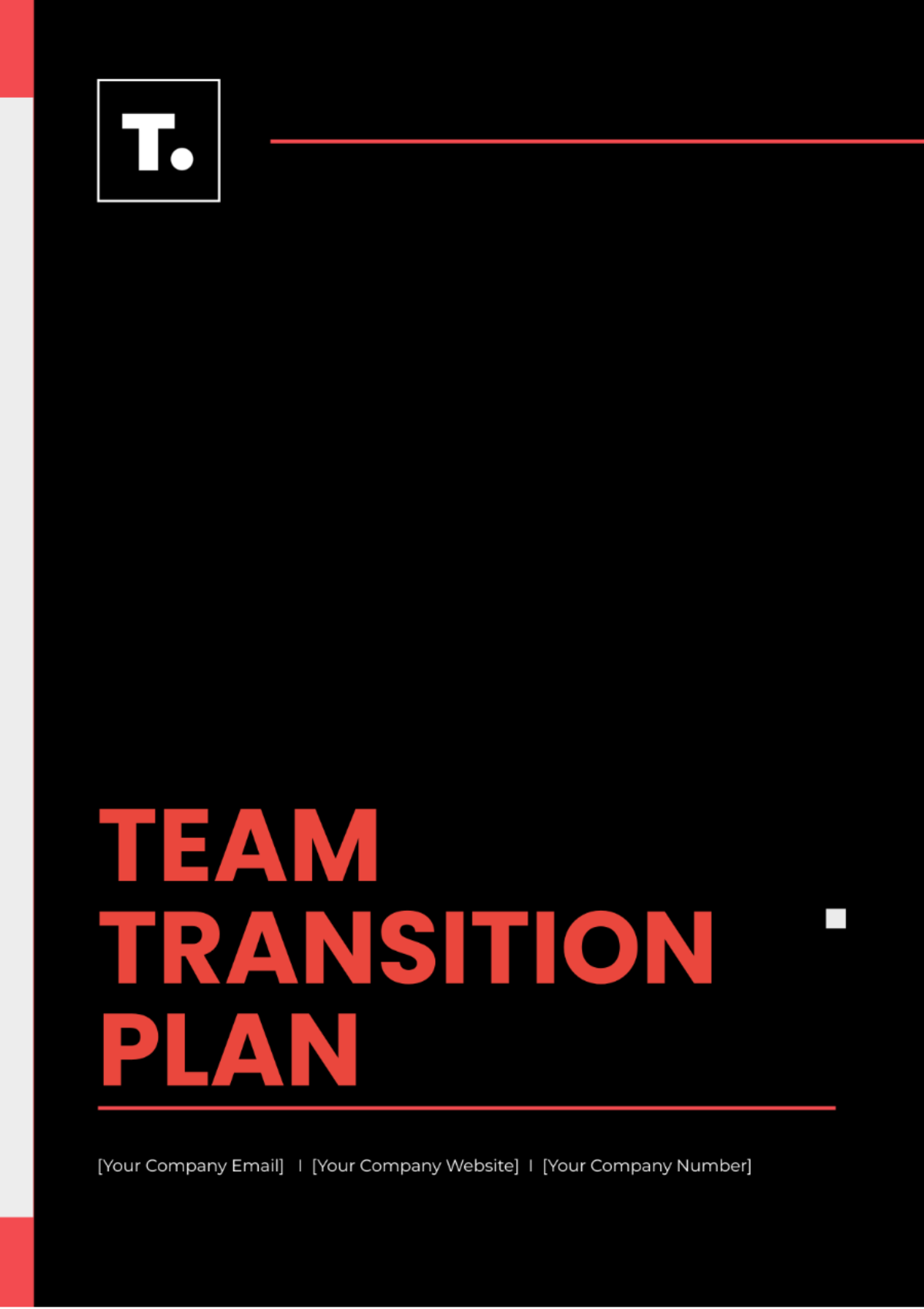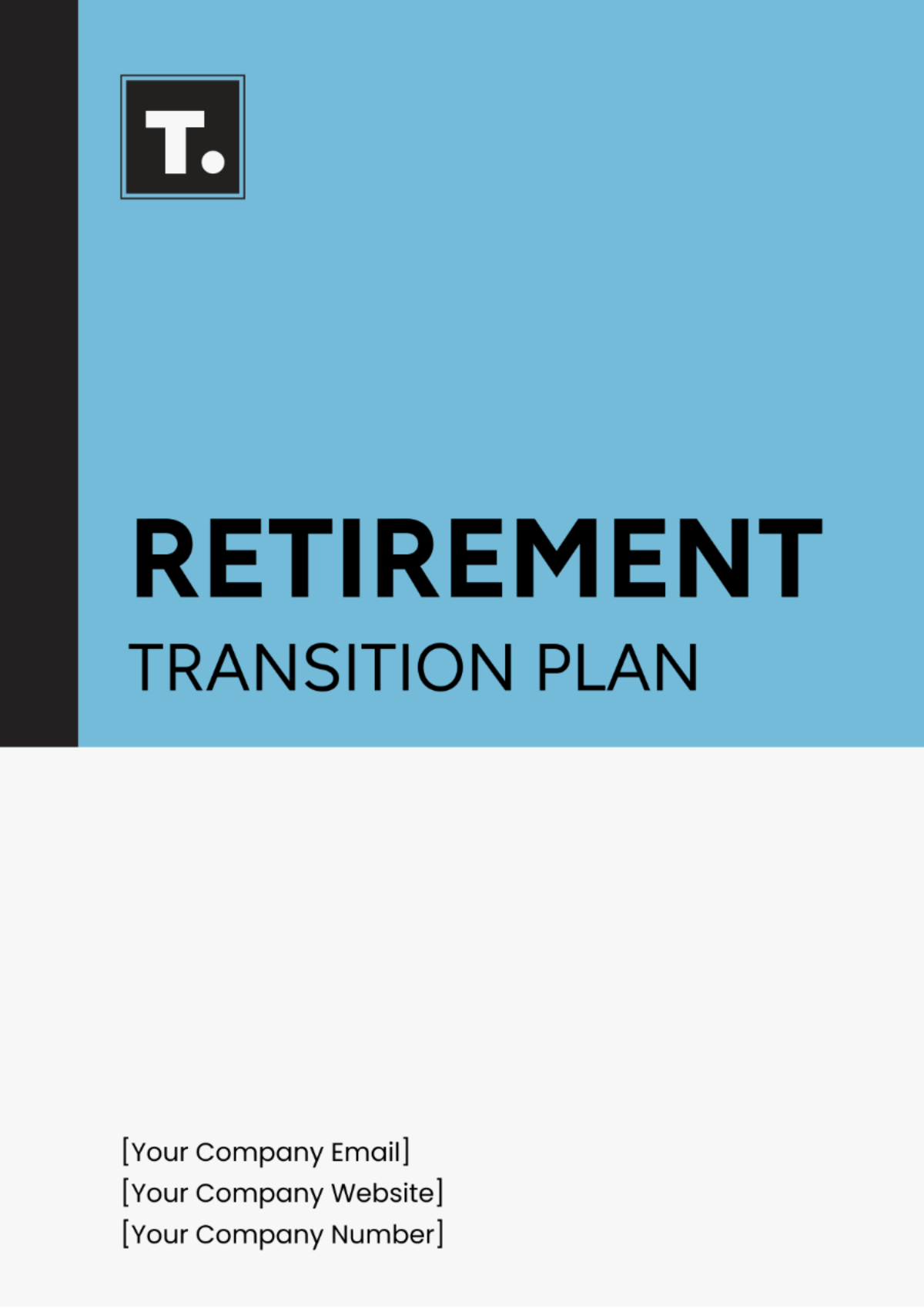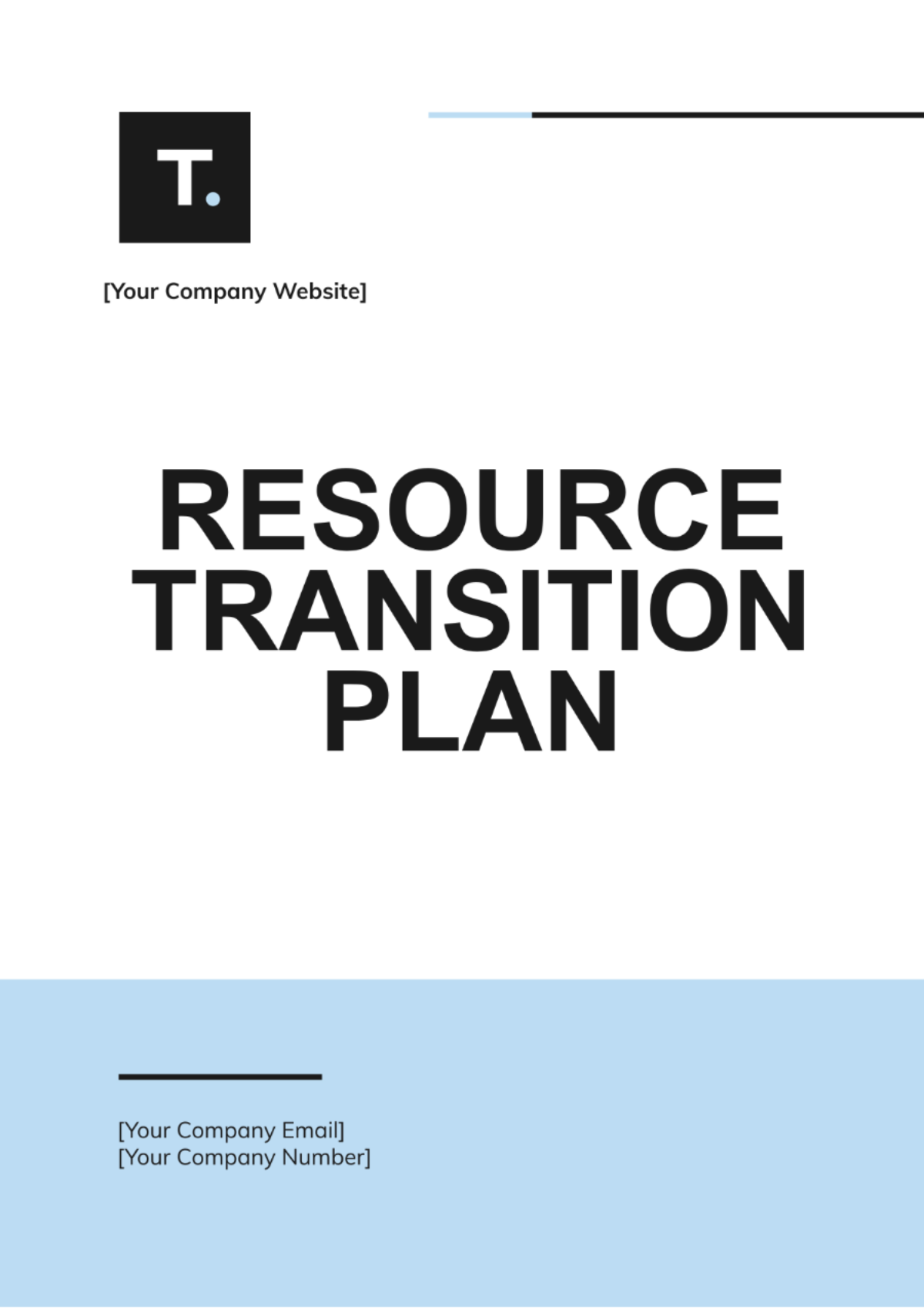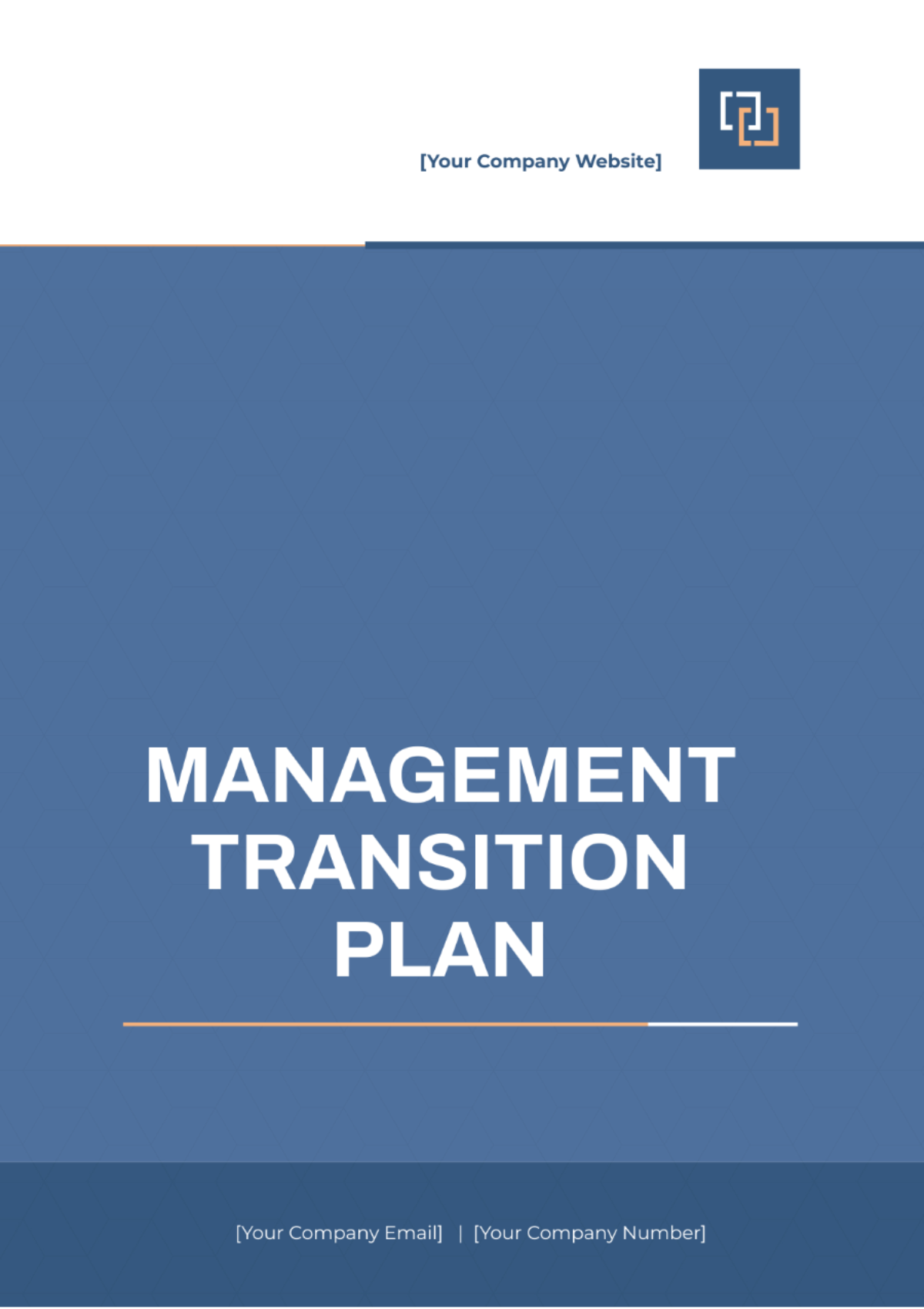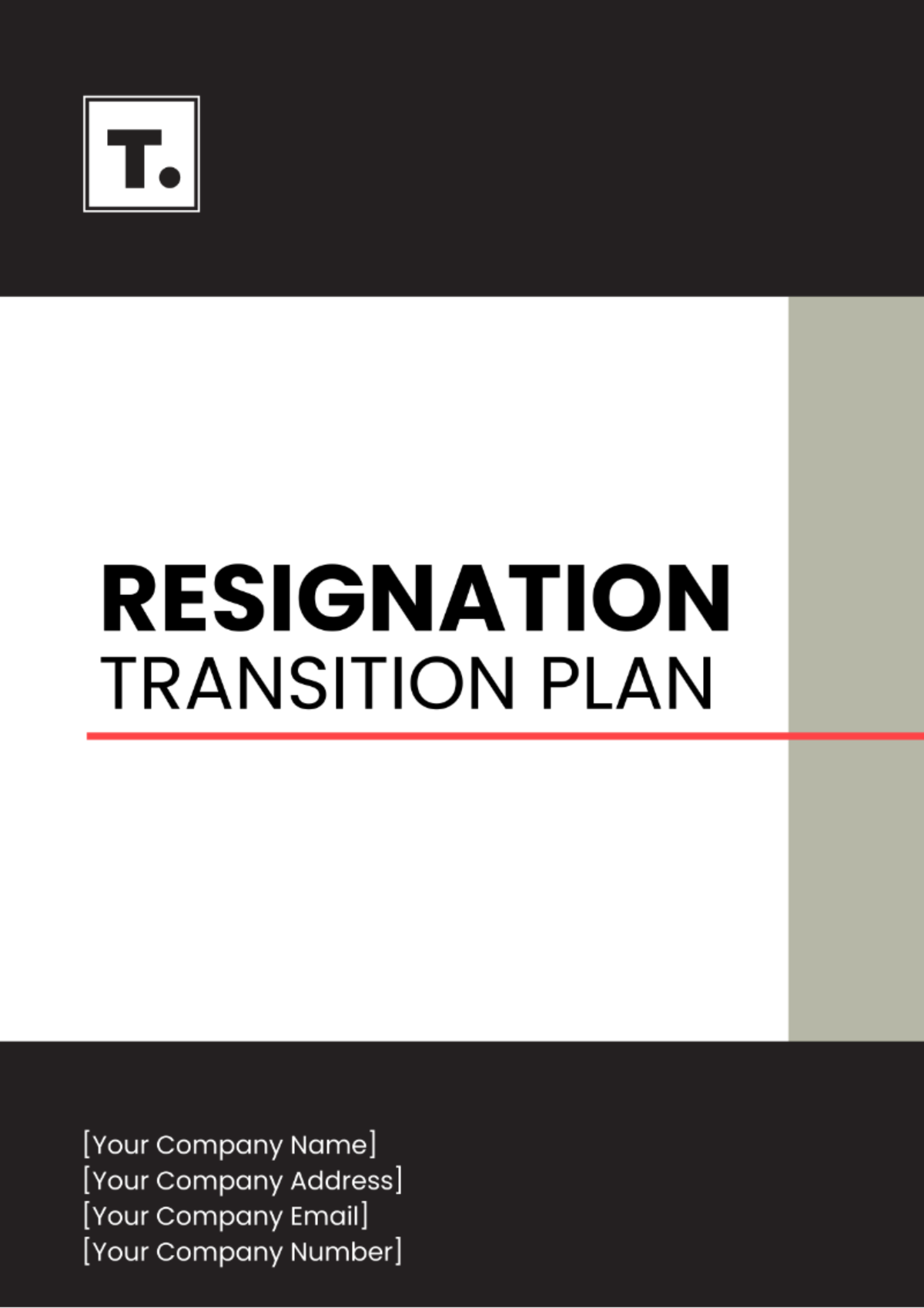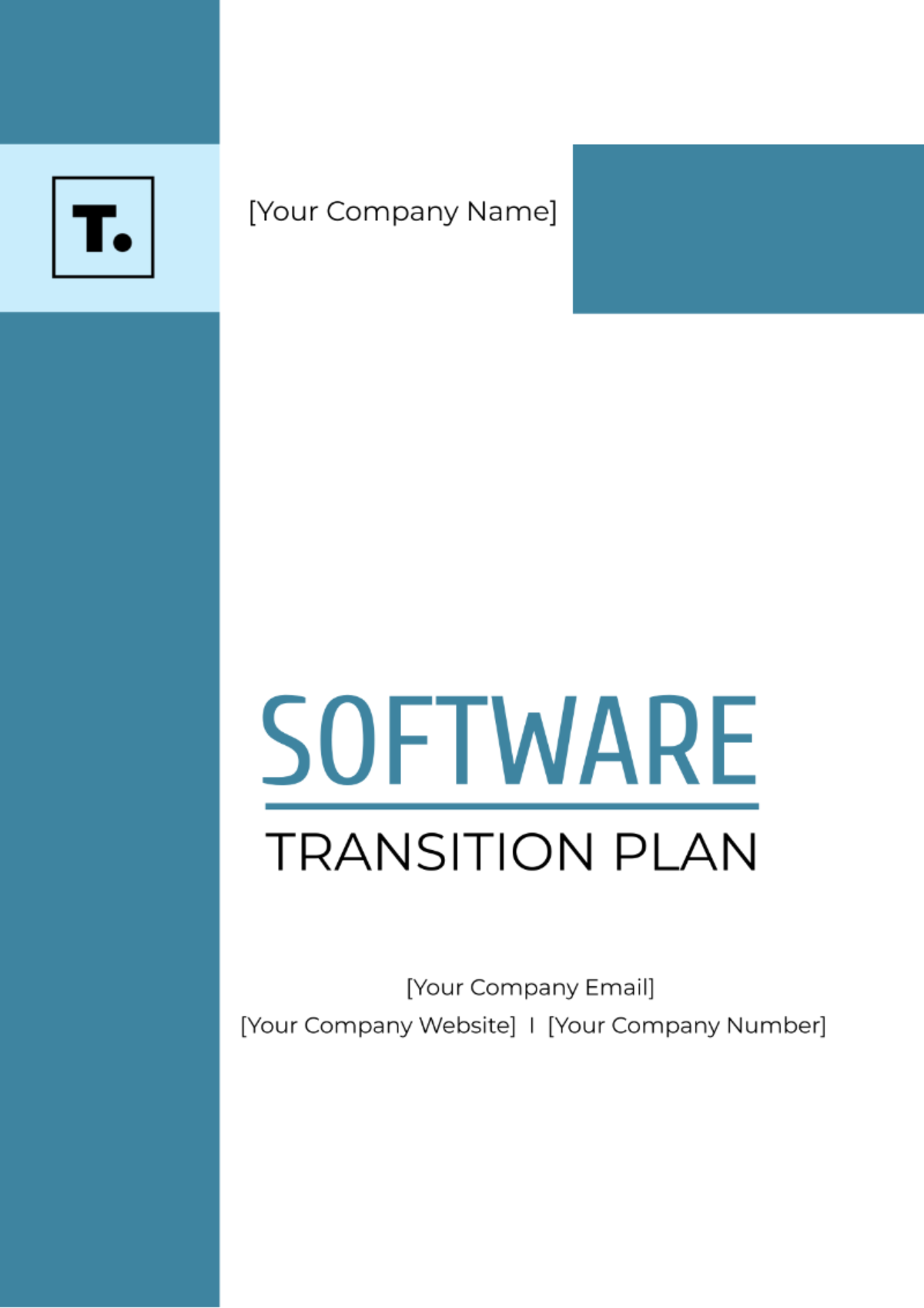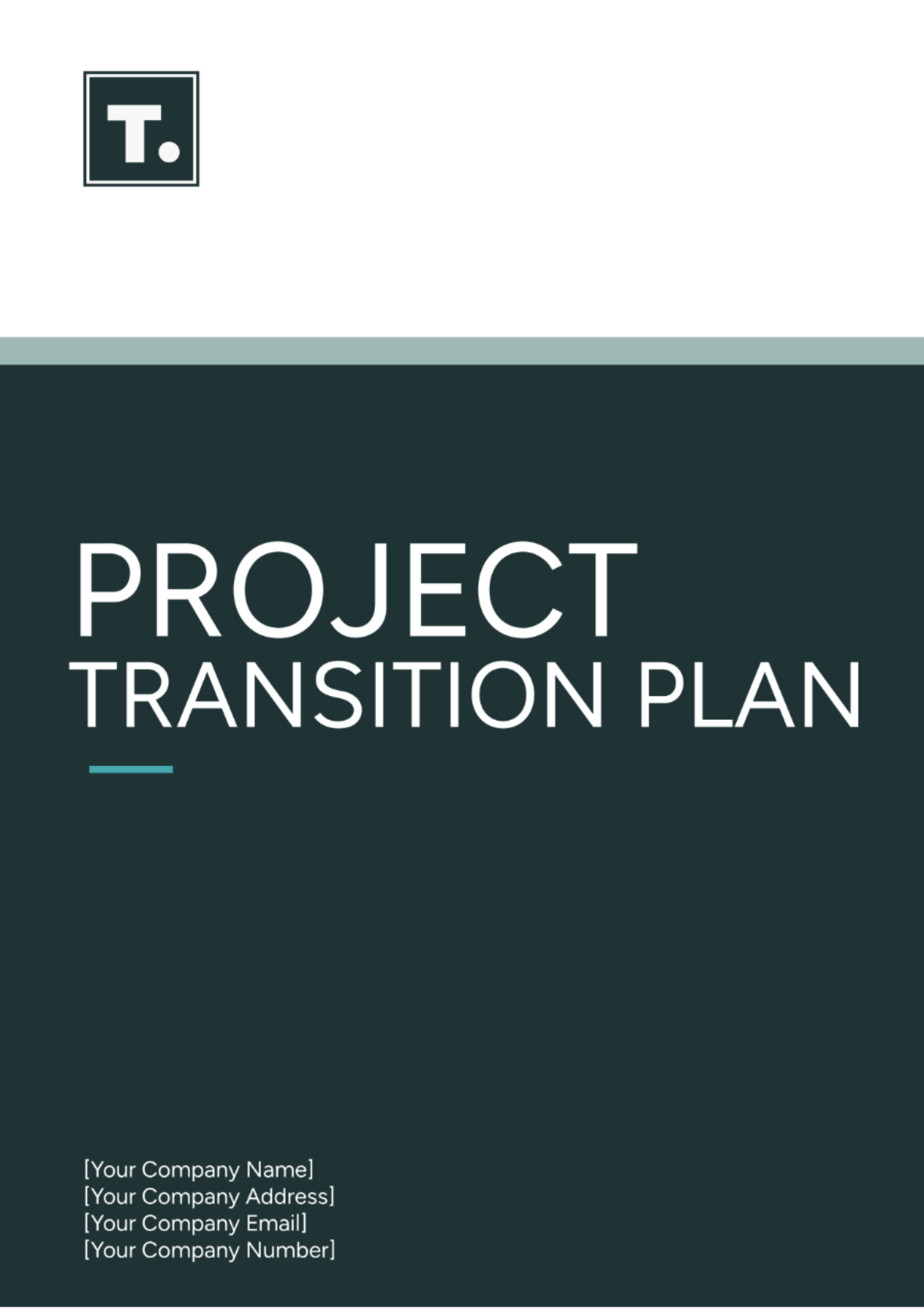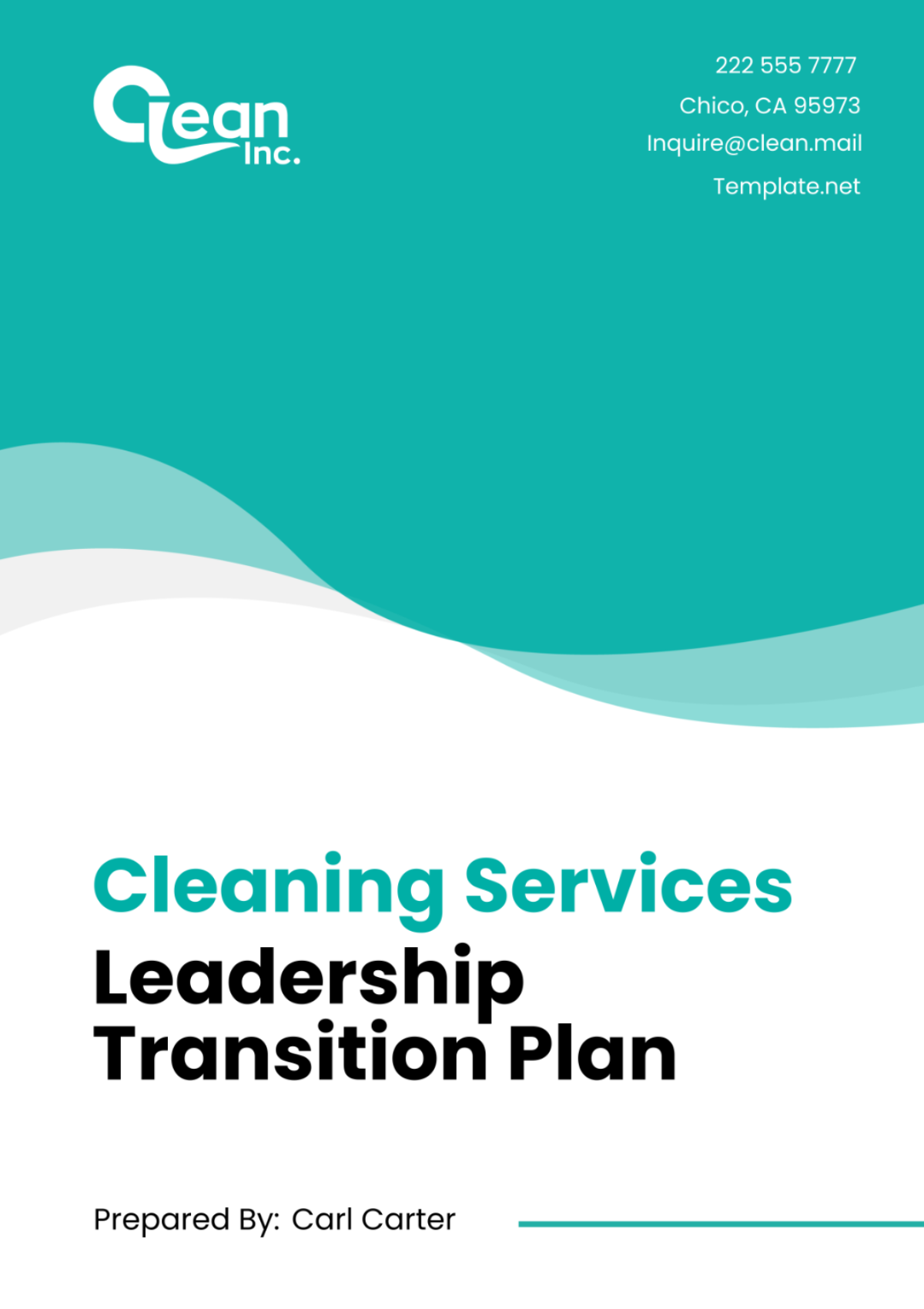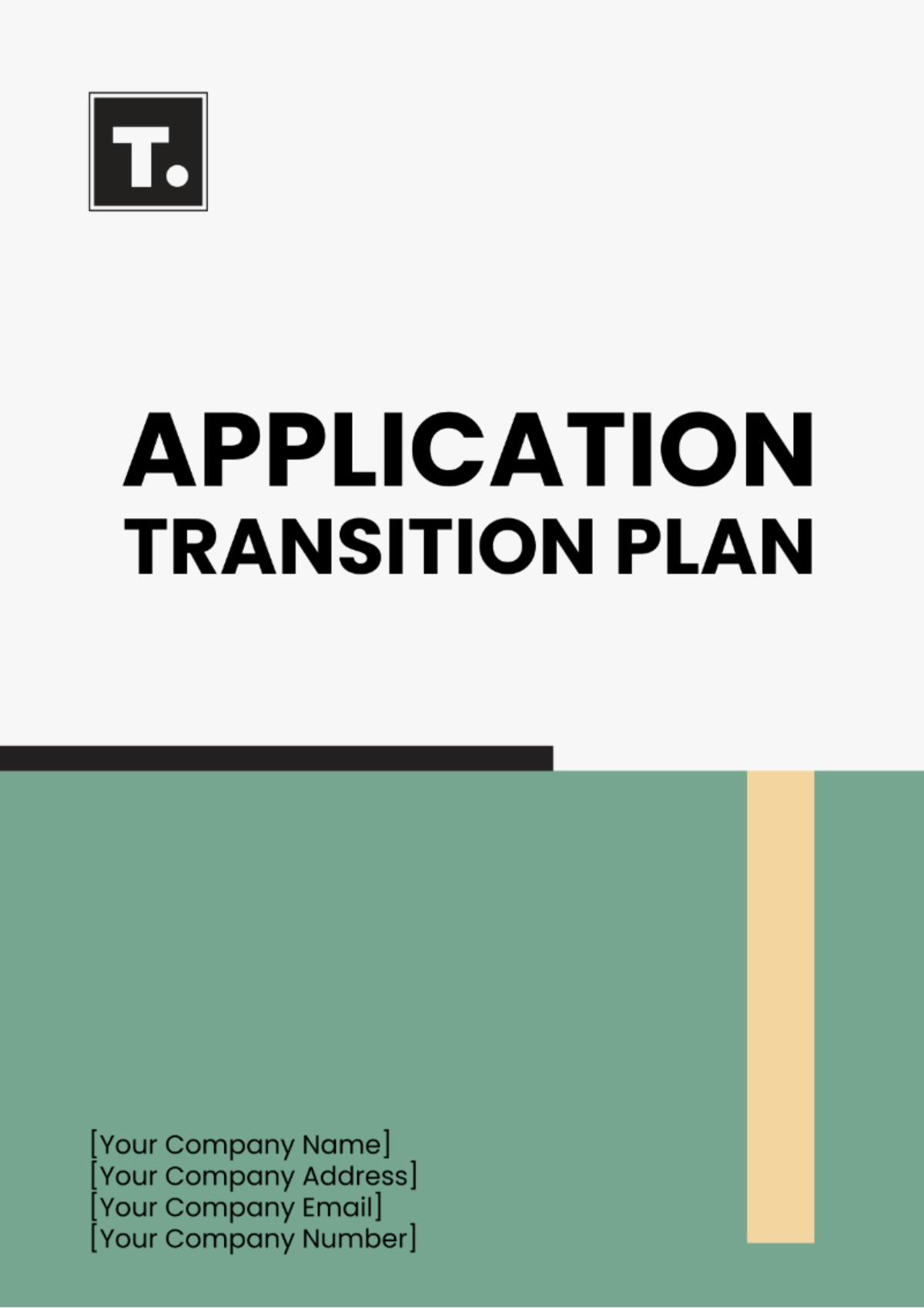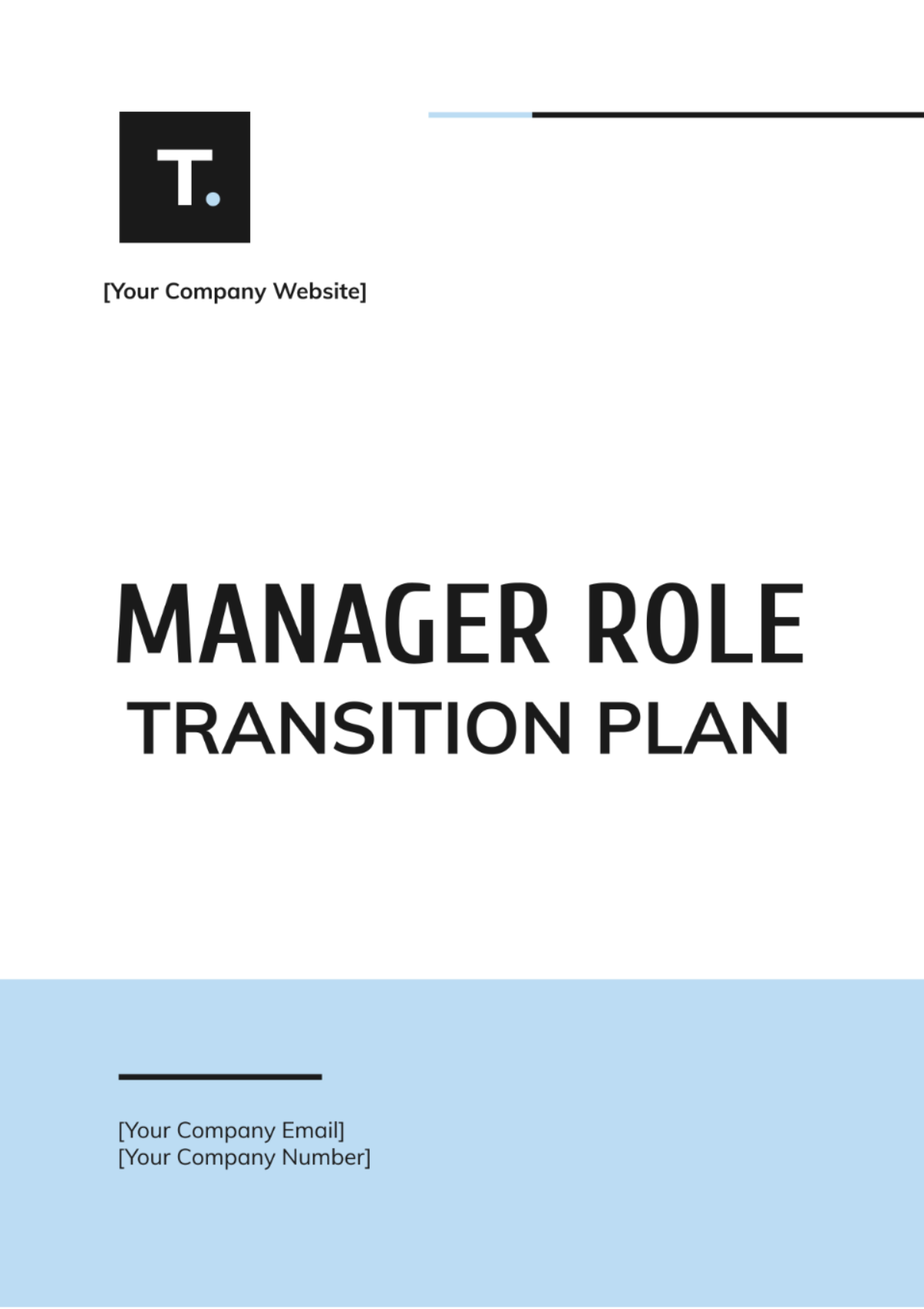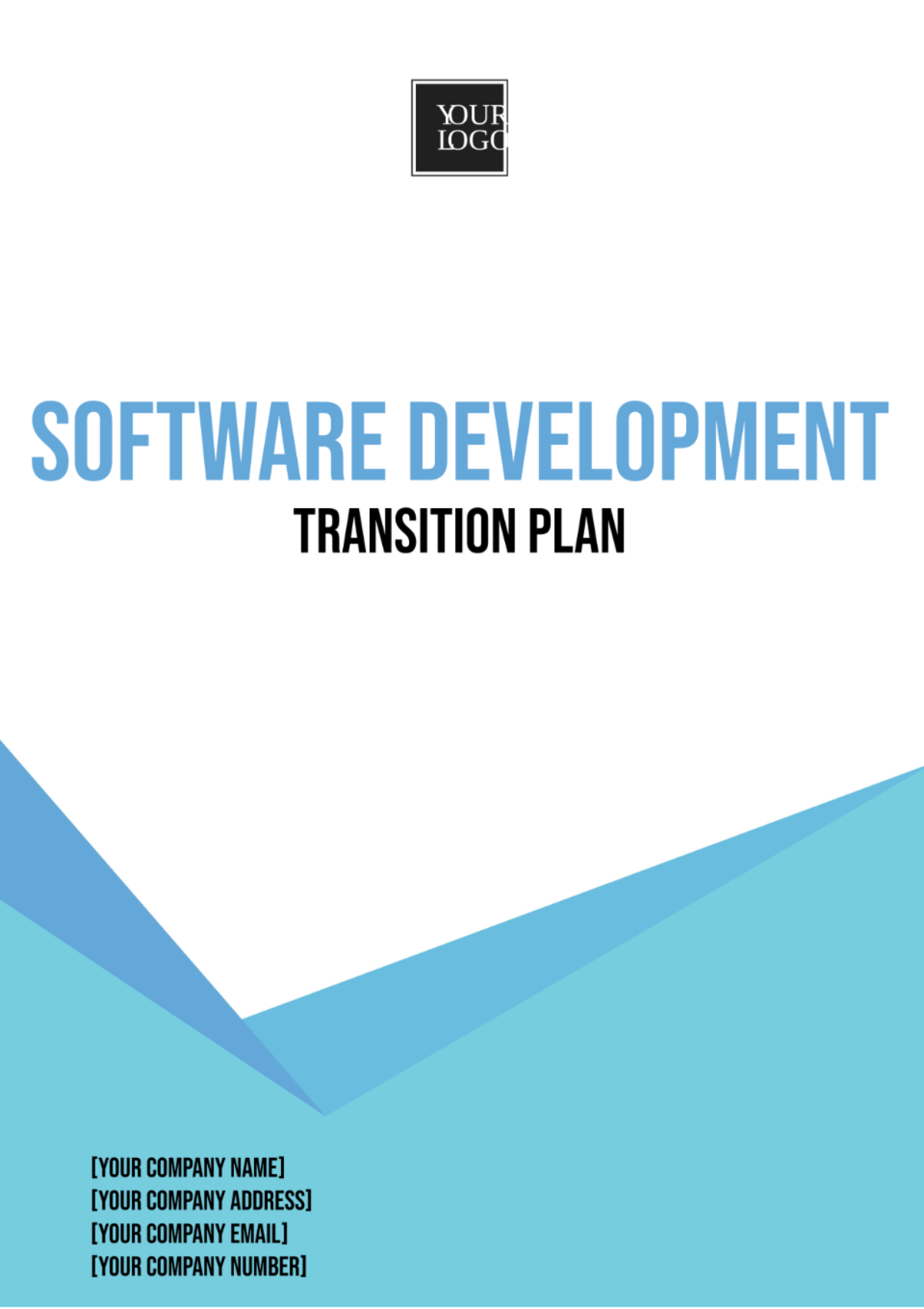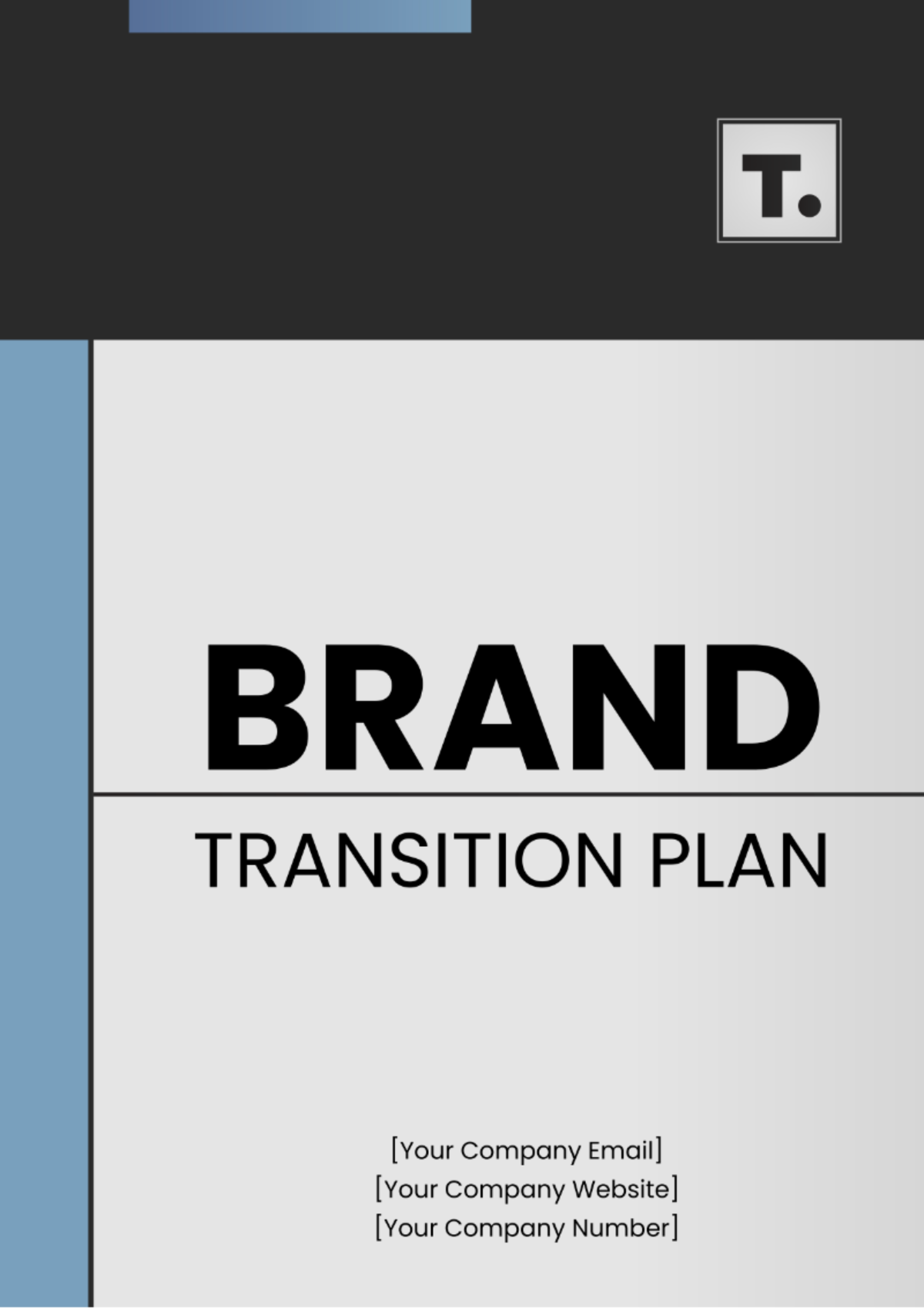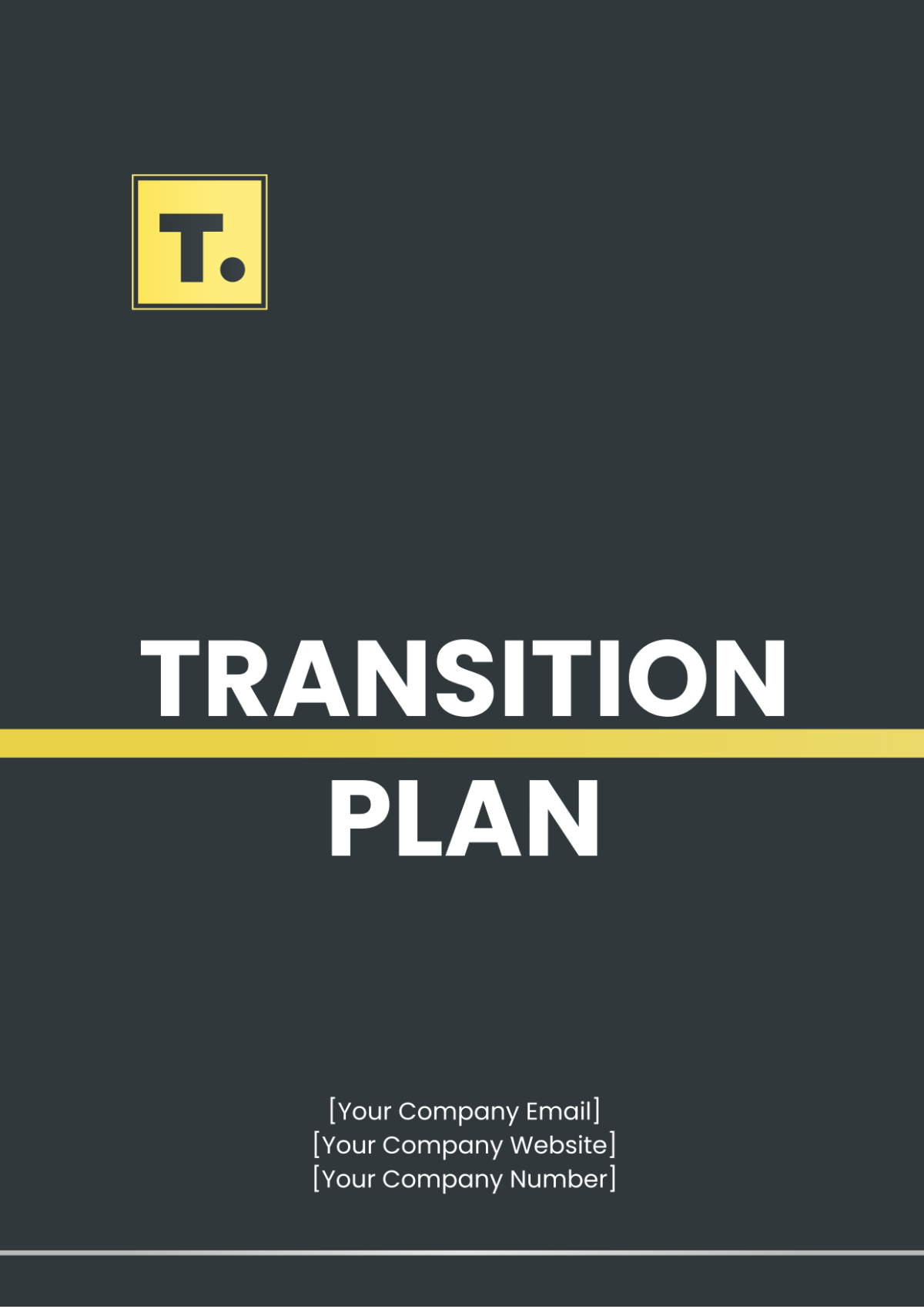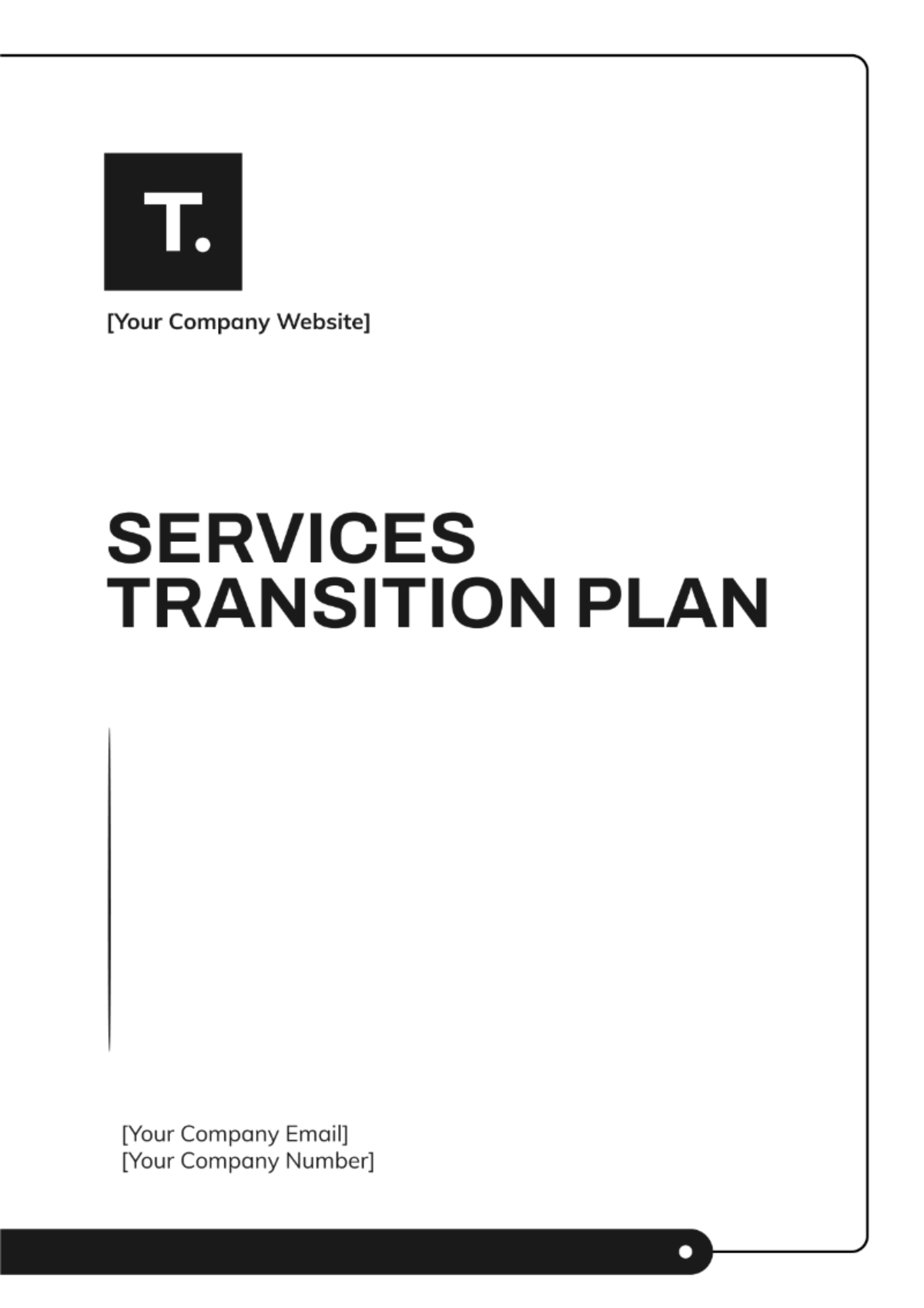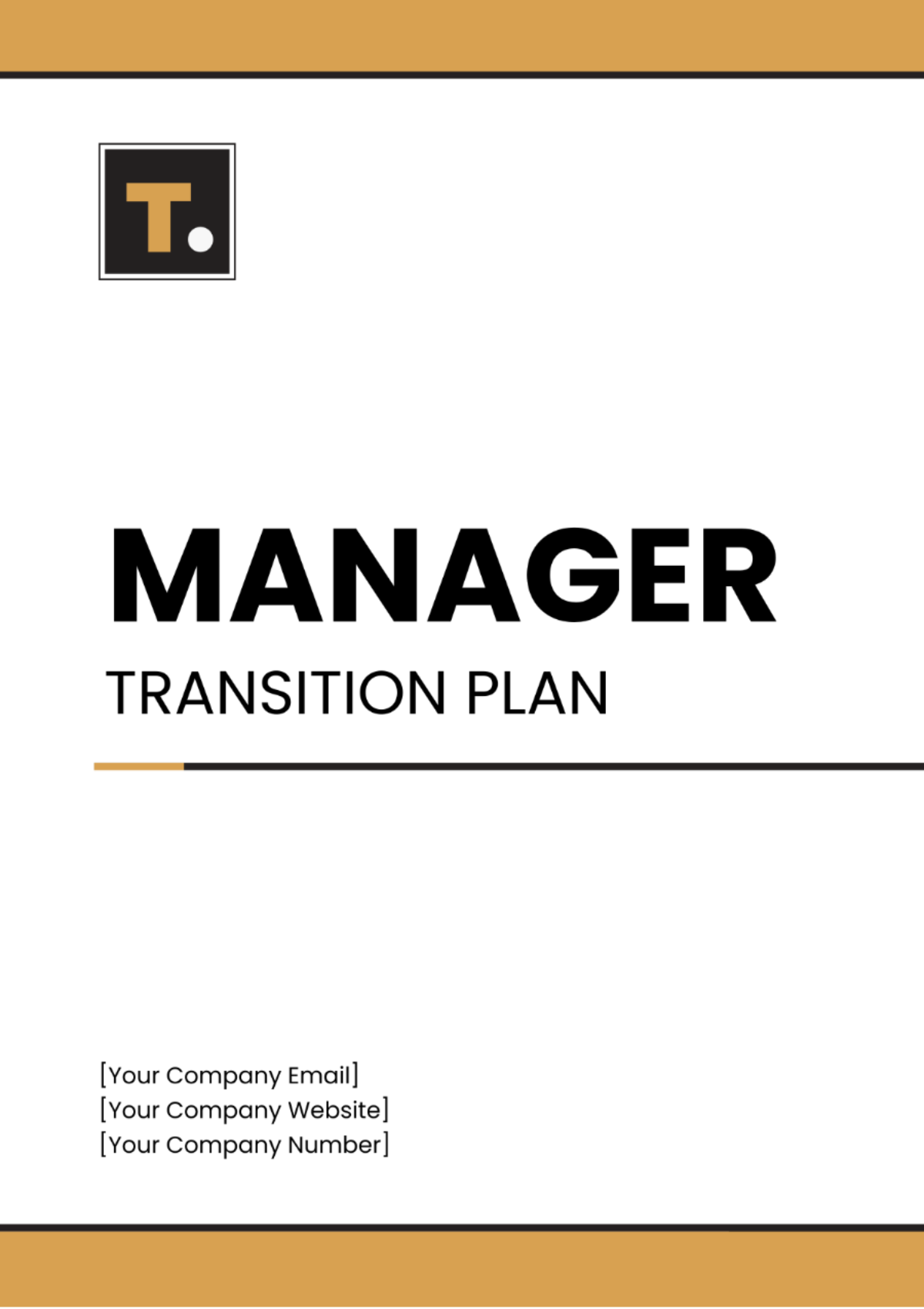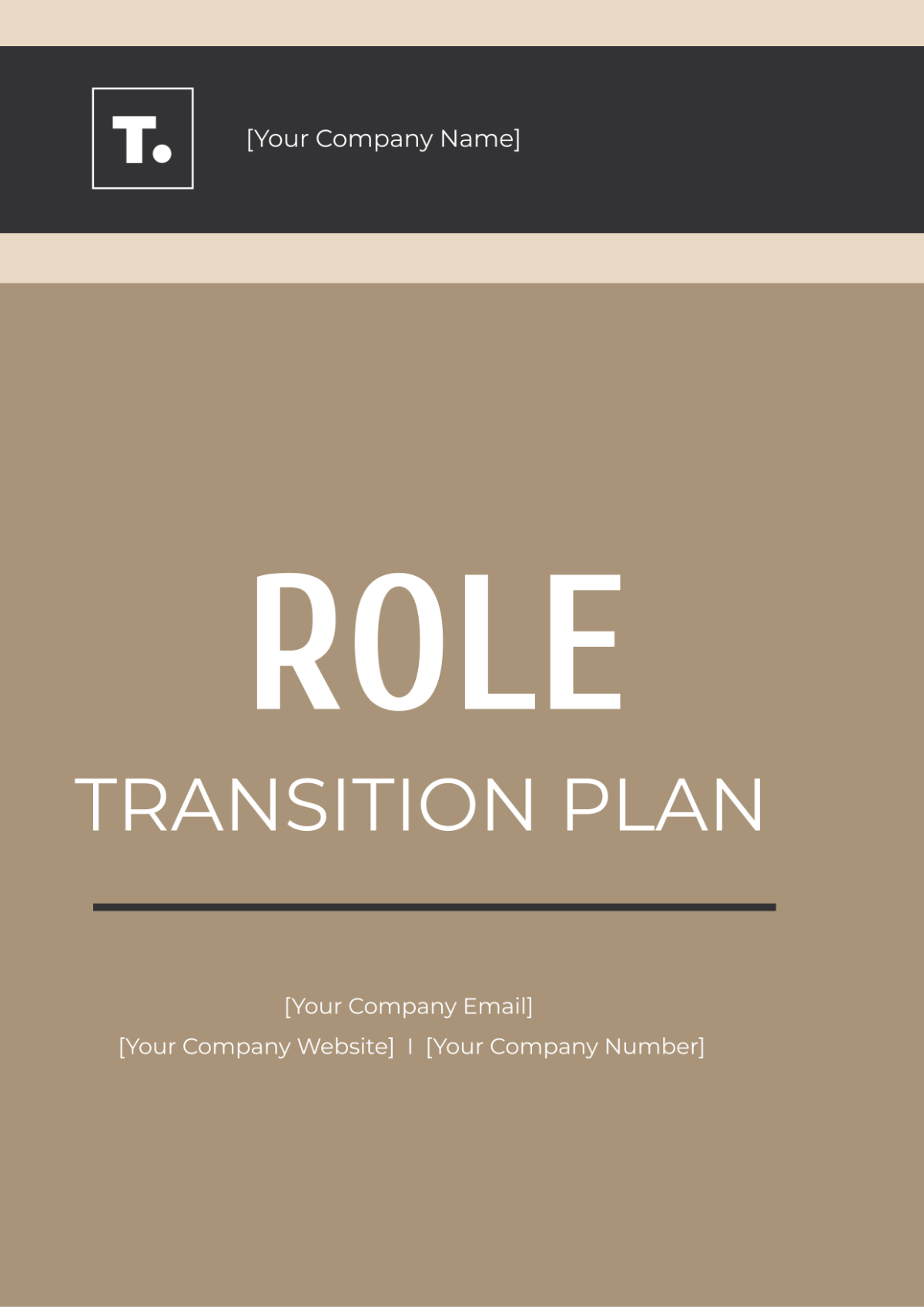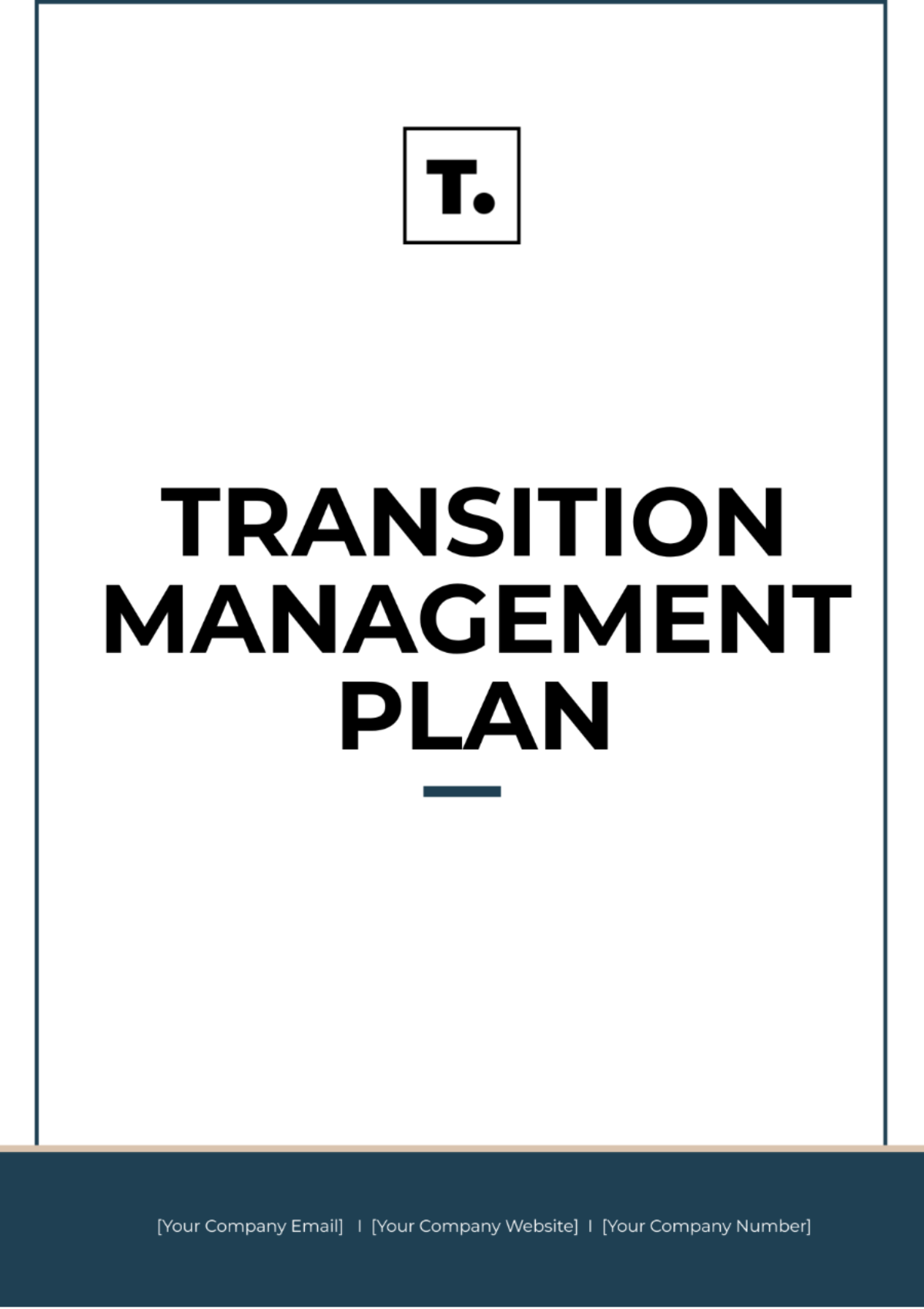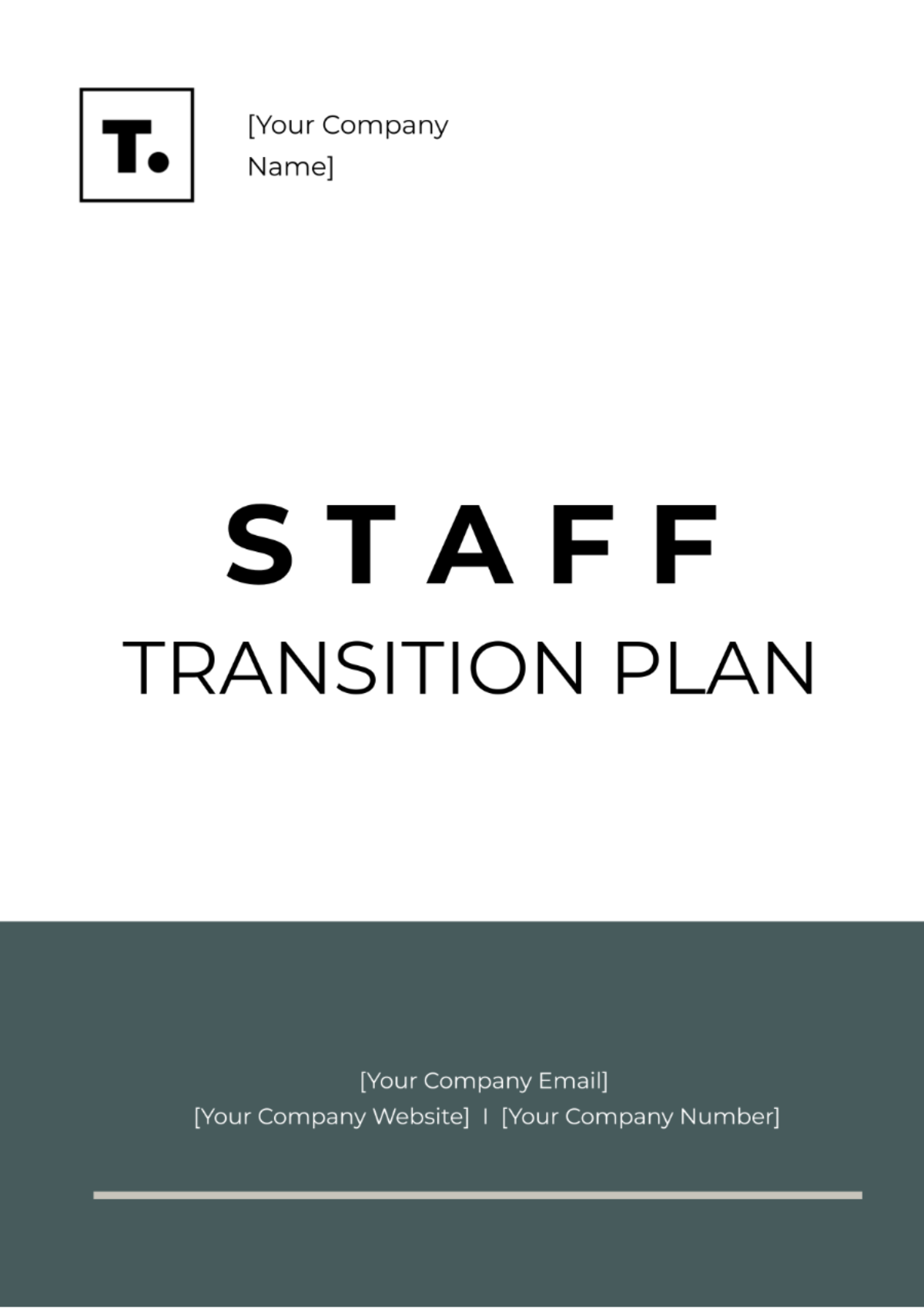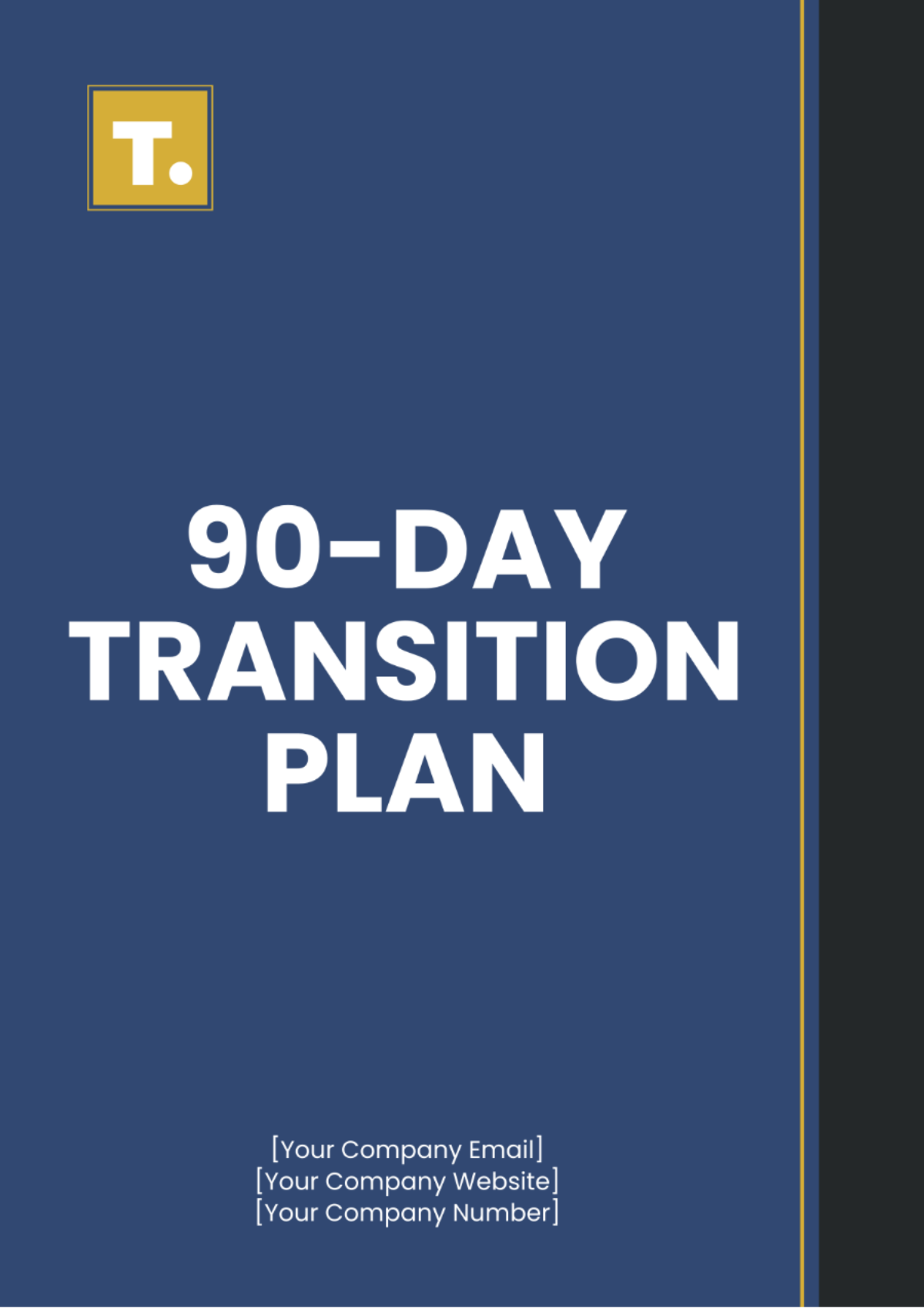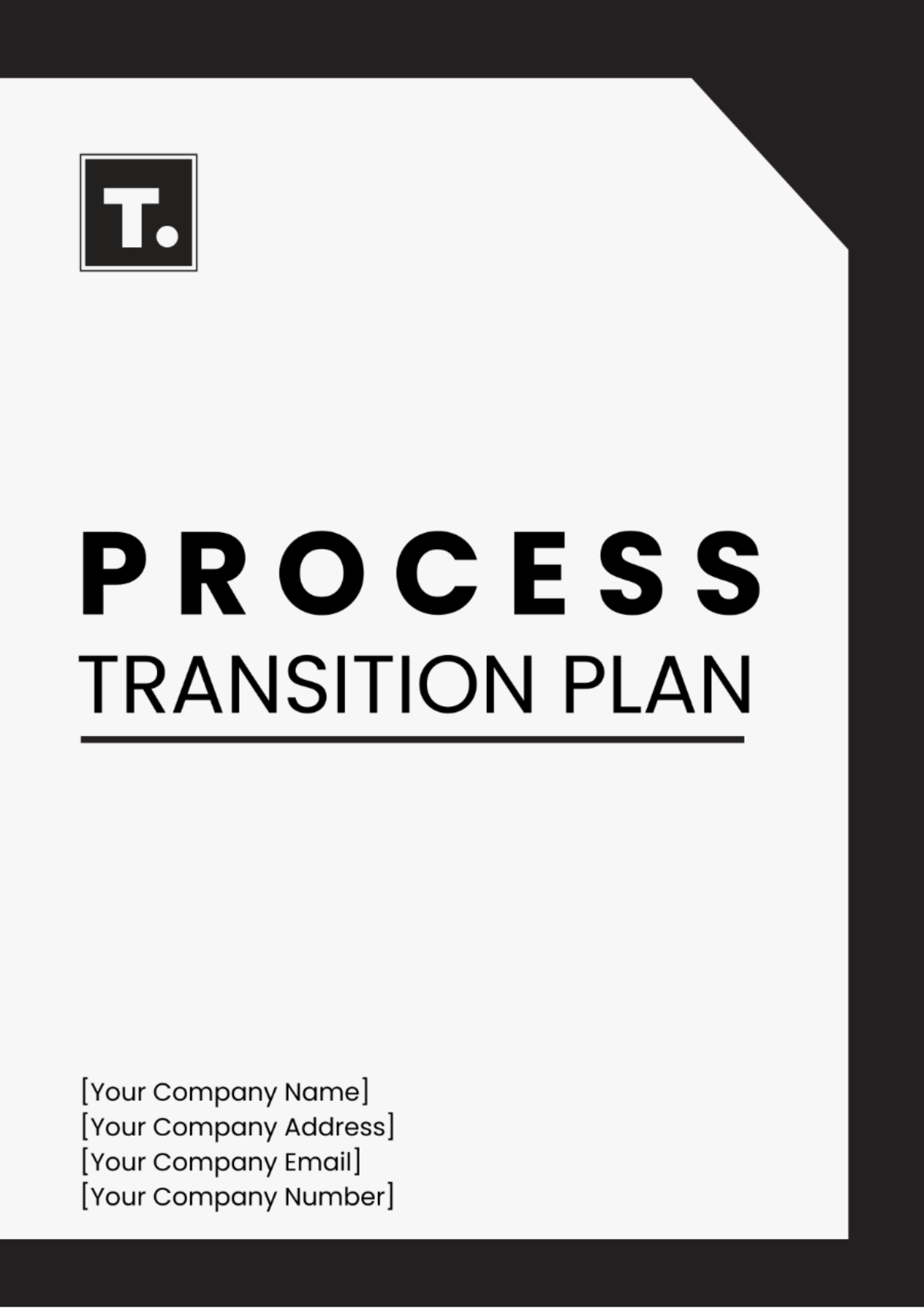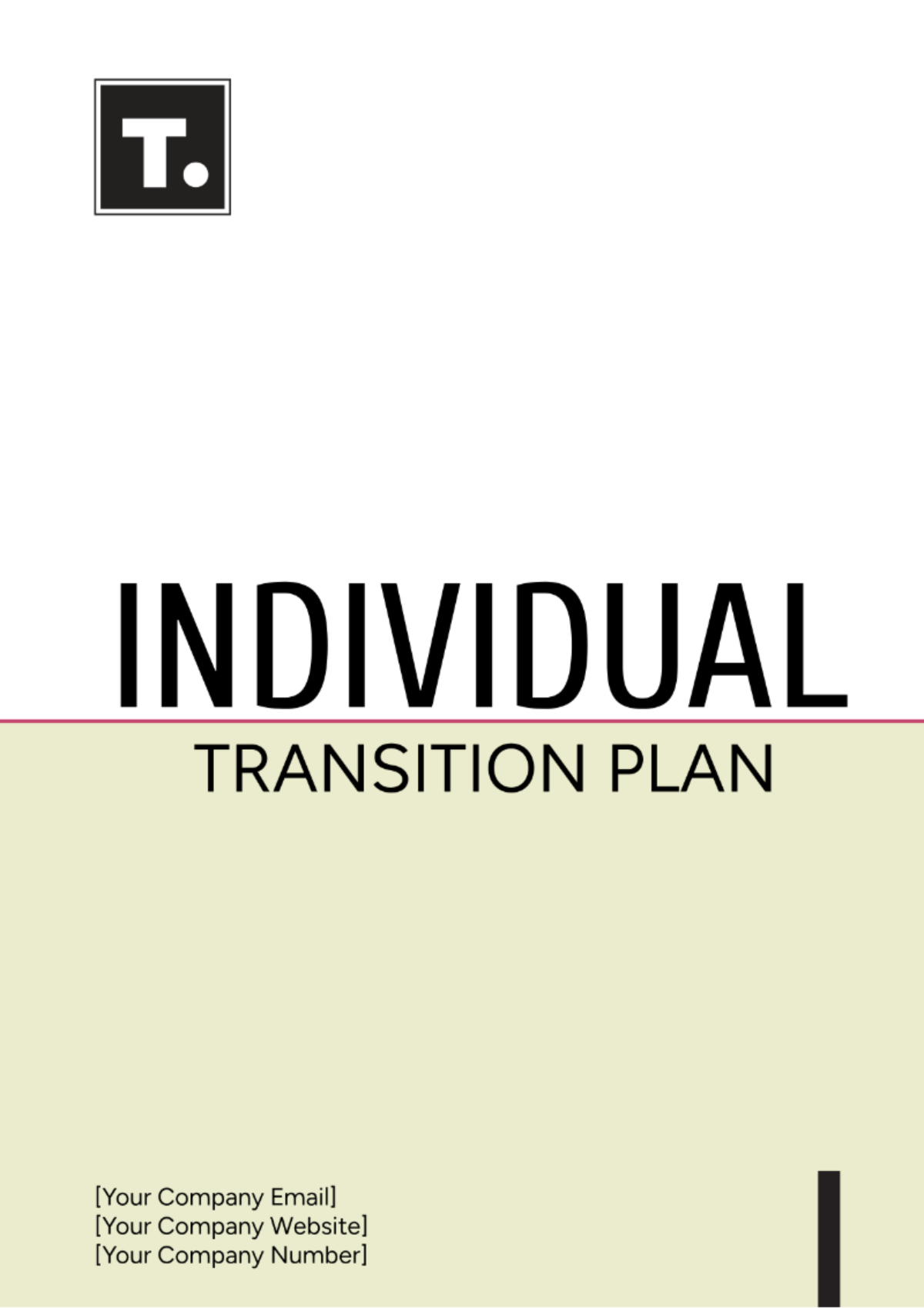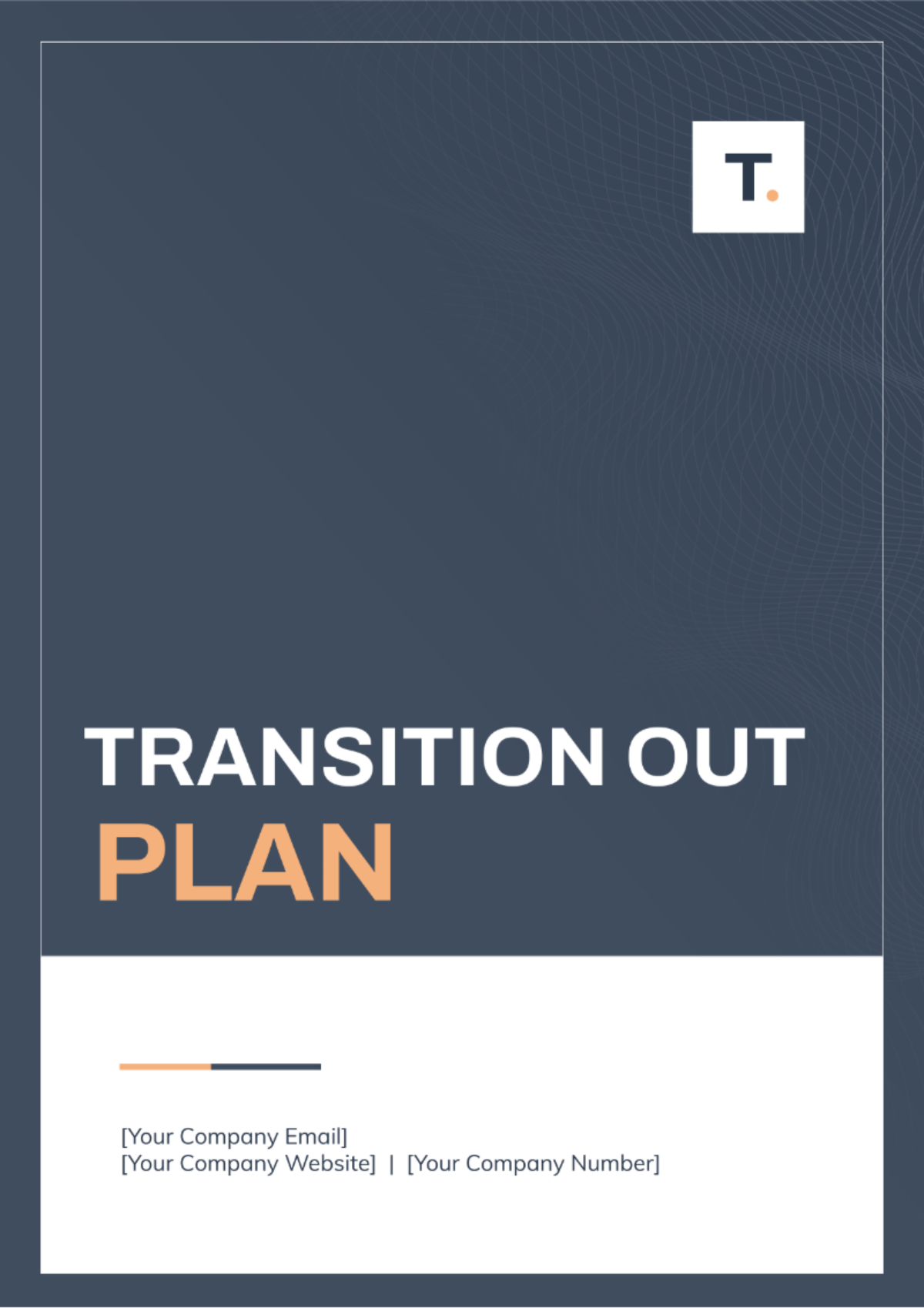Role Transition Plan
I. Introduction
This Transition Plan outlines the steps and considerations necessary to ensure a seamless transition for employees promoted within the company. This document serves as a guide for managers, HR personnel, and the promoted employee to facilitate smooth transitions and maintain operational efficiency.
II. Roles and Responsibilities
A. Promoted Employee
Embrace new role and associated responsibilities.
Participate actively in transition training and mentoring sessions.
Maintain regular communication with both current and new supervisors.
Compile comprehensive transition documentation for seamless handover.
B. Current Supervisor
Identify and document critical responsibilities for transfer.
Collaborate in training and facilitating knowledge transfer.
Coordinate with incoming supervisor to ensure a smooth transition.
Monitor progress post-transition and offer constructive feedback.
C. New Supervisor
Integrate the promoted employee effectively into the team.
Establish clear, achievable goals and expectations.
Provide necessary support and resources for success.
Monitor adaptation progress and offer continuous feedback for improvement.
D. HR Department
Oversee promotion documentation and maintain accurate records.
Update payroll and benefits records accordingly.
Offer training and development resources to support the transition.
Facilitate effective communication among all involved parties for a seamless process.
III. Transition Timeline
Phase | Action | Responsible Party | Deadline |
|---|---|---|---|
Notification | Announce Promotion | HR Department | [Date] |
Preparation | Start Training Sessions | Current/New Supervisor | [Date] |
Implementation | Transfer Responsibilities | Promoted Employee | [Date] |
Follow-up | Monitor Progress | New Supervisor | [Date] |
IV. Training and Support
A. Orientation for New Role
Comprehensive overview of new role responsibilities, ensuring clarity from the outset.
Introduction to and integration with new team members, fostering a sense of belonging.
Deep dive into department goals and objectives, aligning individual efforts with organizational vision.
B. Mentorship
Personalized mentorship assignment within the new team, fostering growth and integration.
Regular, structured check-ins and progress reviews to track development and address concerns proactively.
Tailored guidance on navigating challenges, drawing from mentor's experience and expertise.
C. Training Modules
Leadership Skills: Equipping individuals with essential leadership competencies for effective team management.
Departmental Procedures: In-depth exploration of department-specific processes and protocols for seamless operations.
Conflict Resolution: Providing strategies and techniques to address and resolve conflicts constructively within the team.
Performance Metrics and KPIs: Understanding key performance indicators and metrics to drive individual and team success.
V. Evaluation and Feedback
Ensuring the success of the transition requires ongoing evaluation and feedback. The following methods will be used:
Regular Performance Reviews: Scheduled evaluations to assess progress against set objectives and provide constructive feedback for improvement.
Feedback Sessions with the New Supervisor: Structured dialogues aimed at gauging performance, addressing concerns, and aligning expectations between the promoted employee and their new supervisor.
Self-Assessment by the Promoted Employee: Encouraging self-reflection and accountability through periodic self-assessment exercises, allowing the employee to track their own growth and identify areas for development.
Surveys and Feedback from Team Members: Soliciting input from peers and team members through anonymous surveys or open forums to gather diverse perspectives on the transition process and identify areas for enhancement.
VI. Conclusion
This succession strategy is designed to manage internal employee advancements effectively and seamlessly, ensuring positive outcomes for both the individual and the company. Ongoing oversight and assistance are crucial for successful position transitions.
